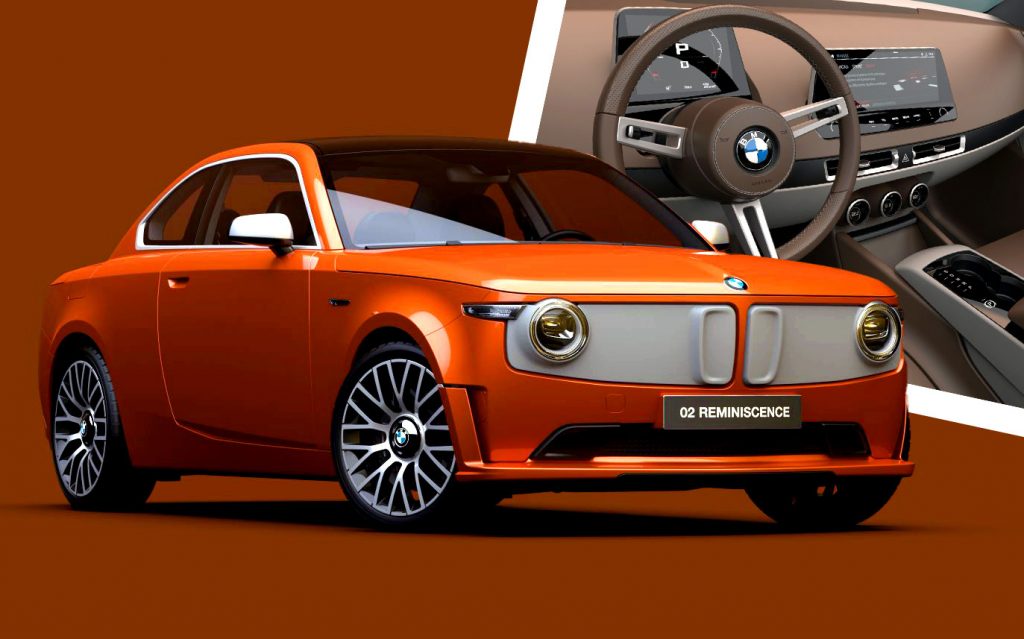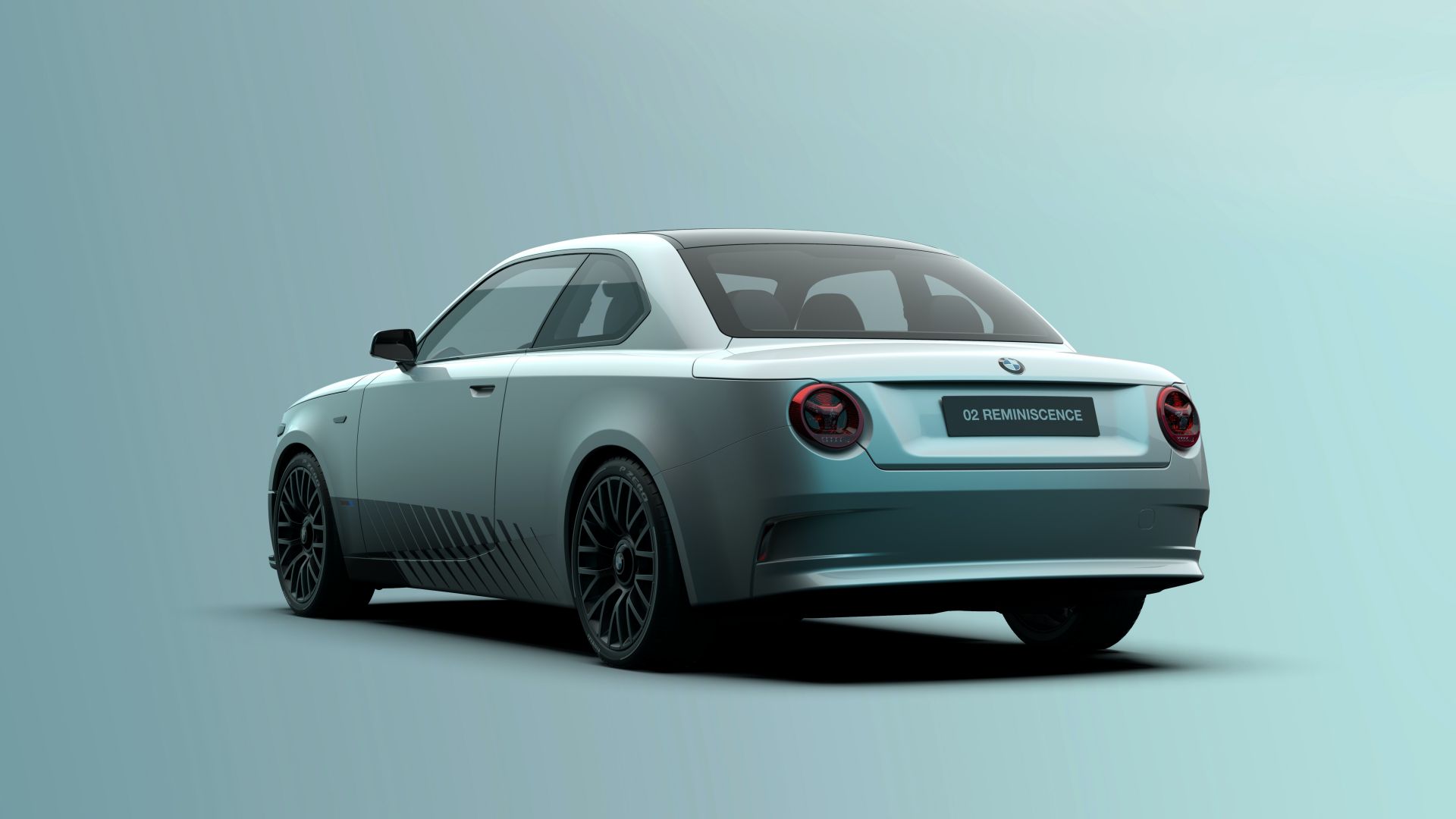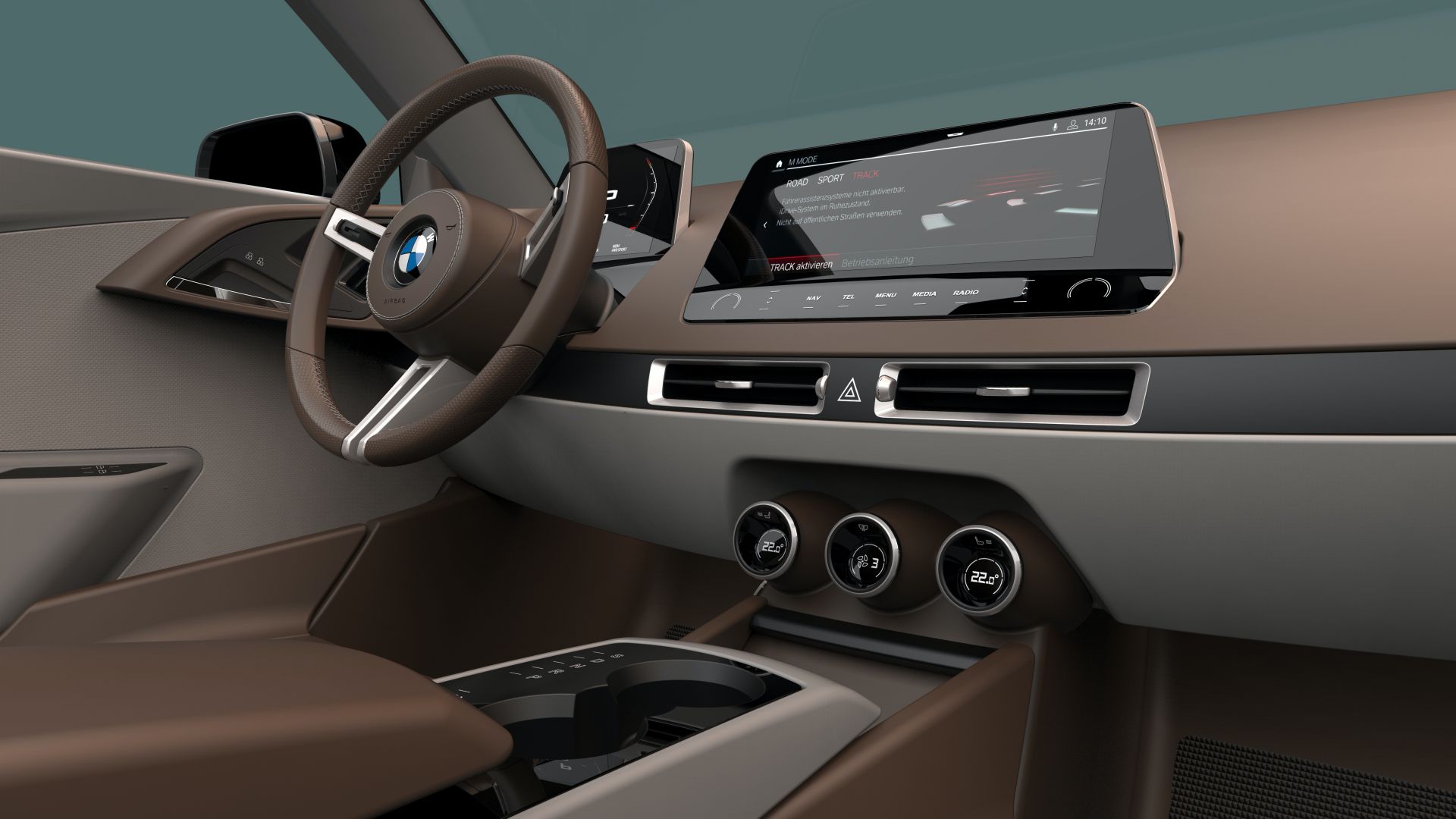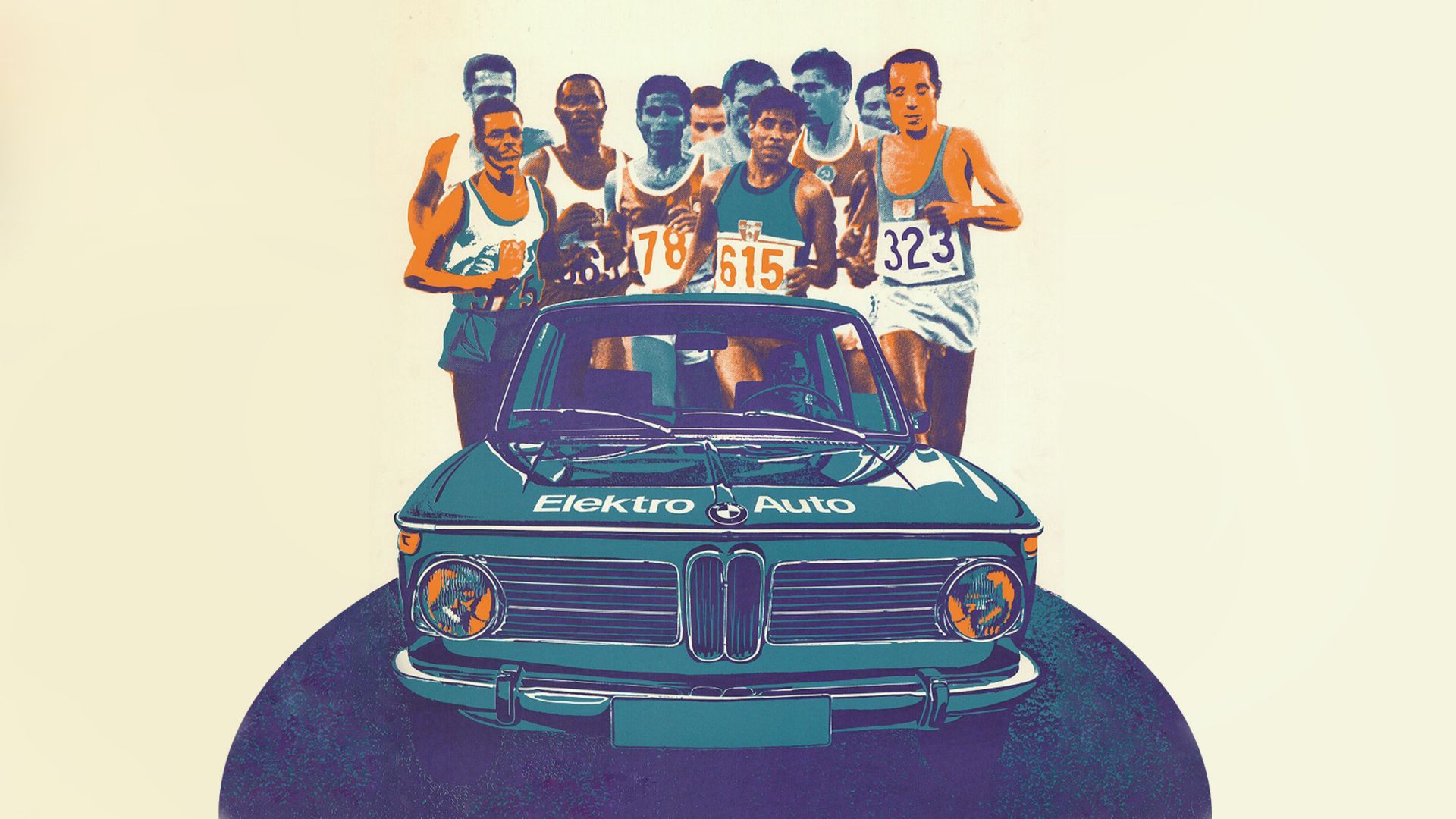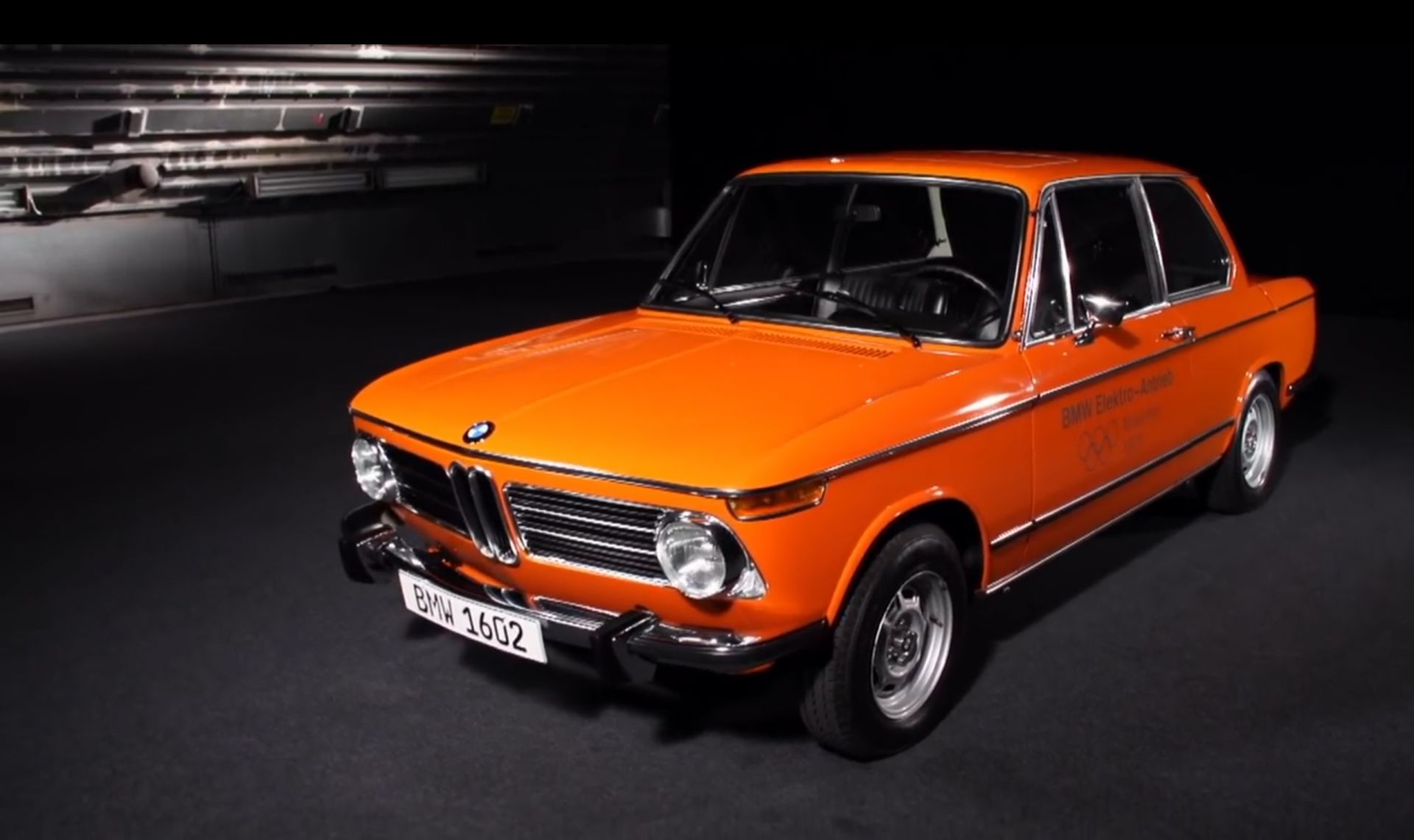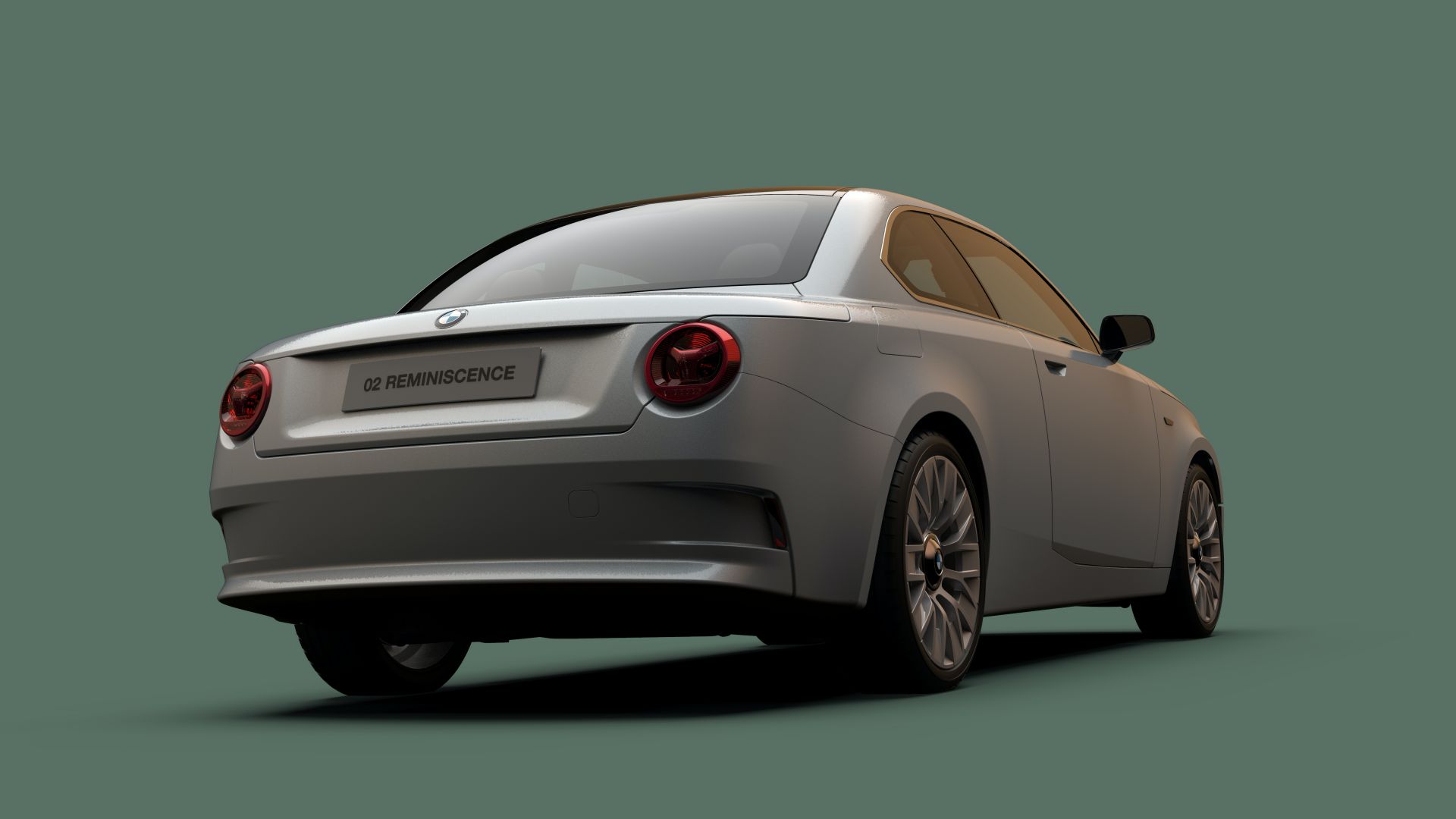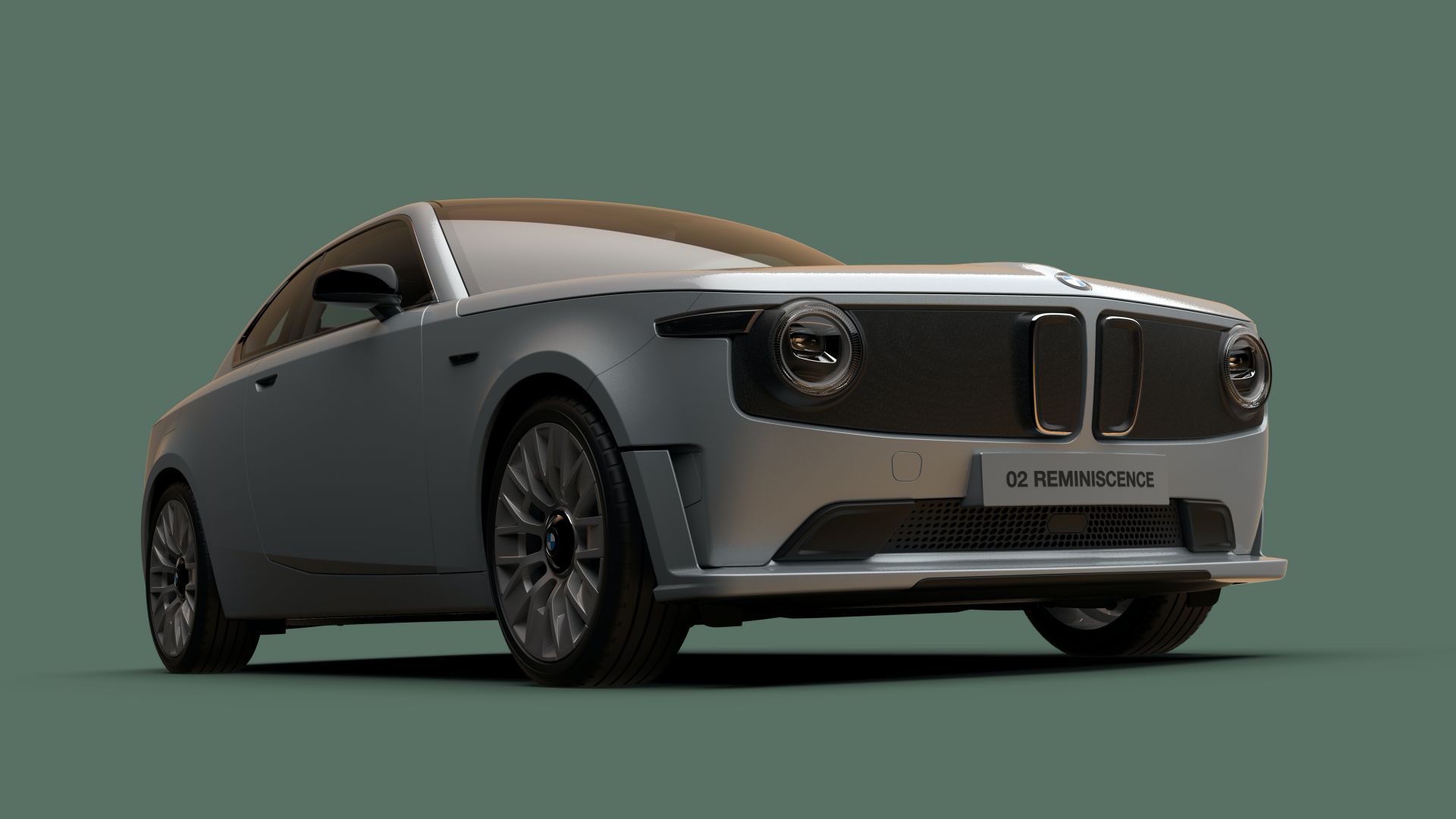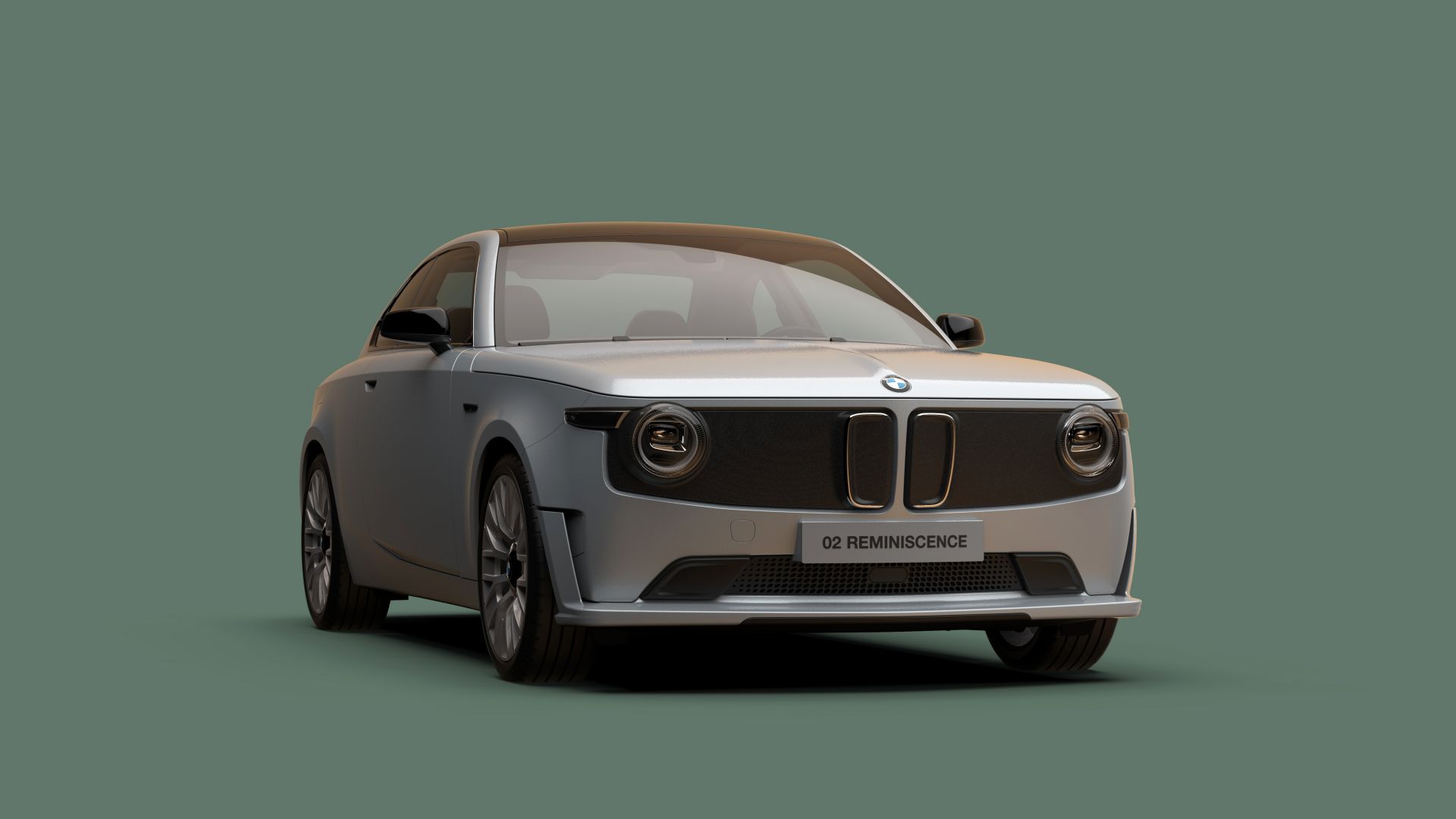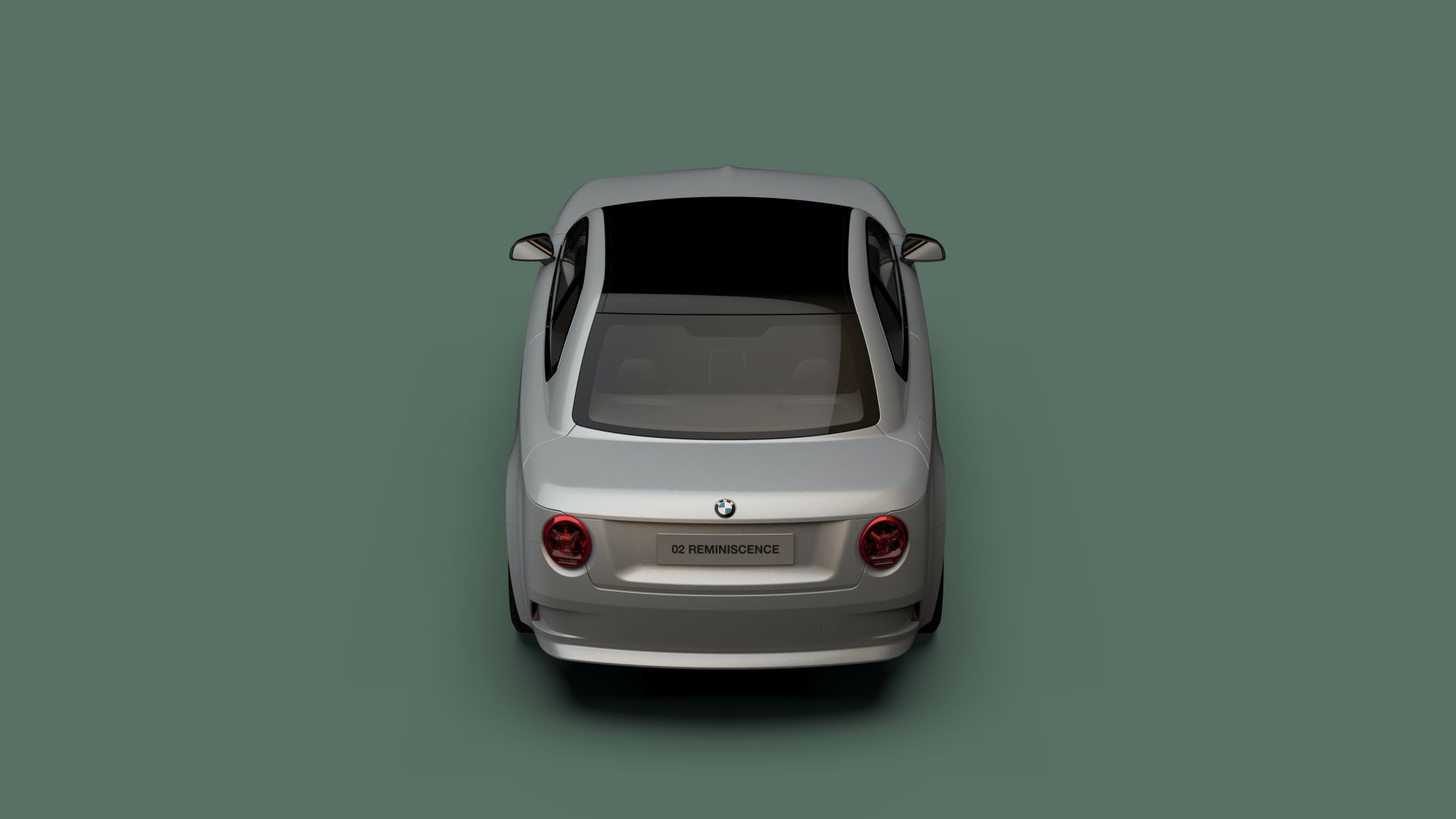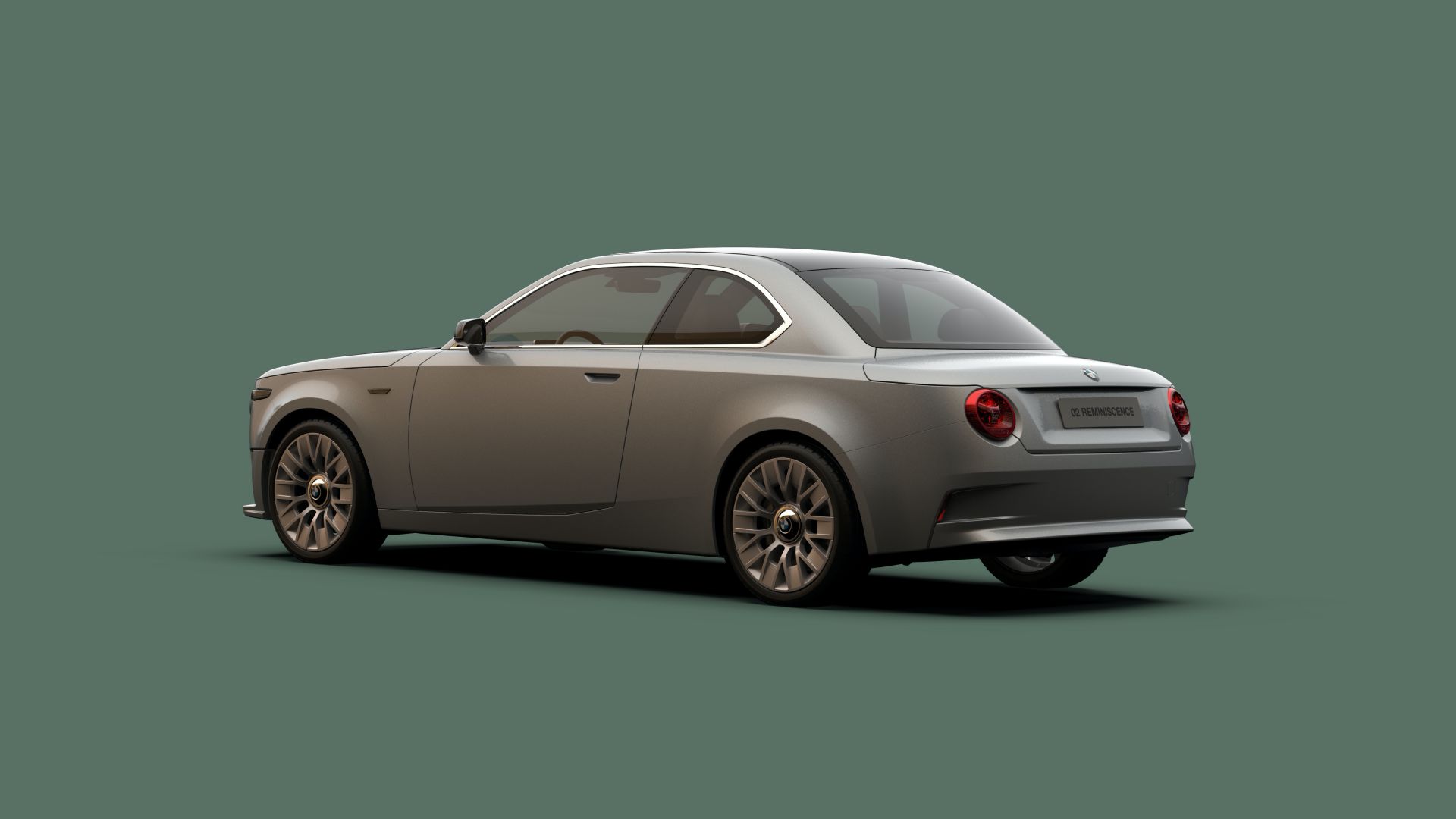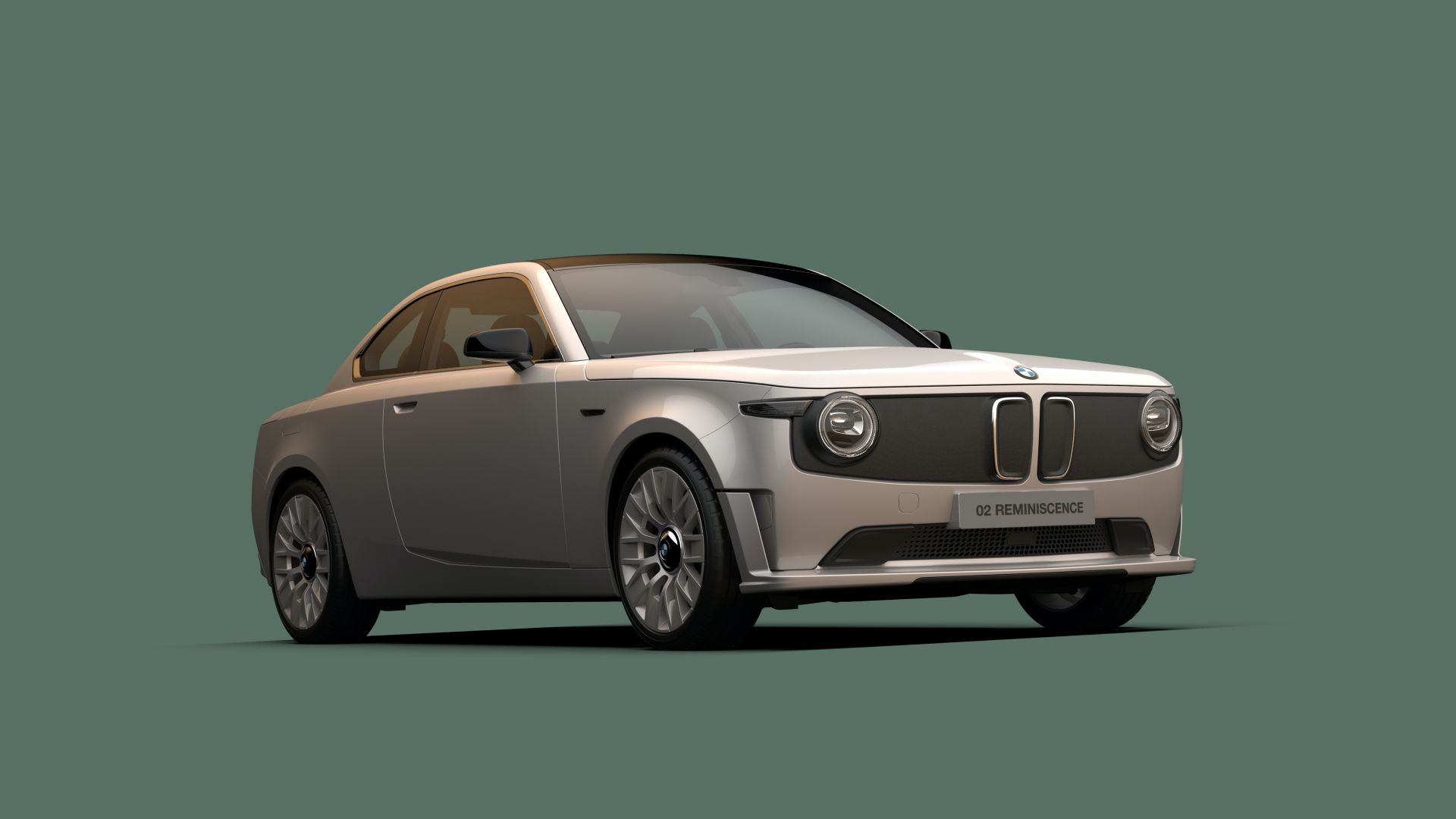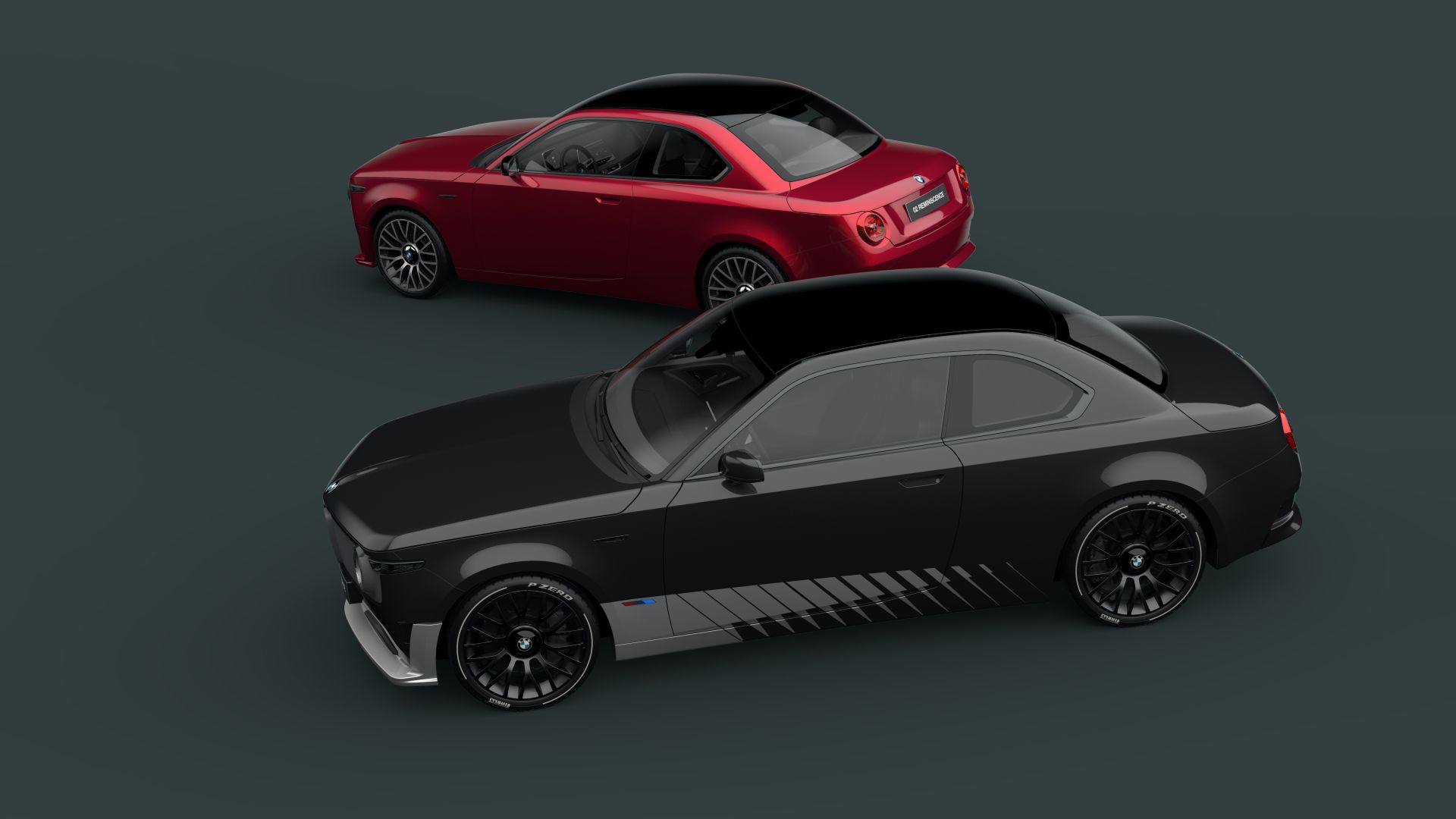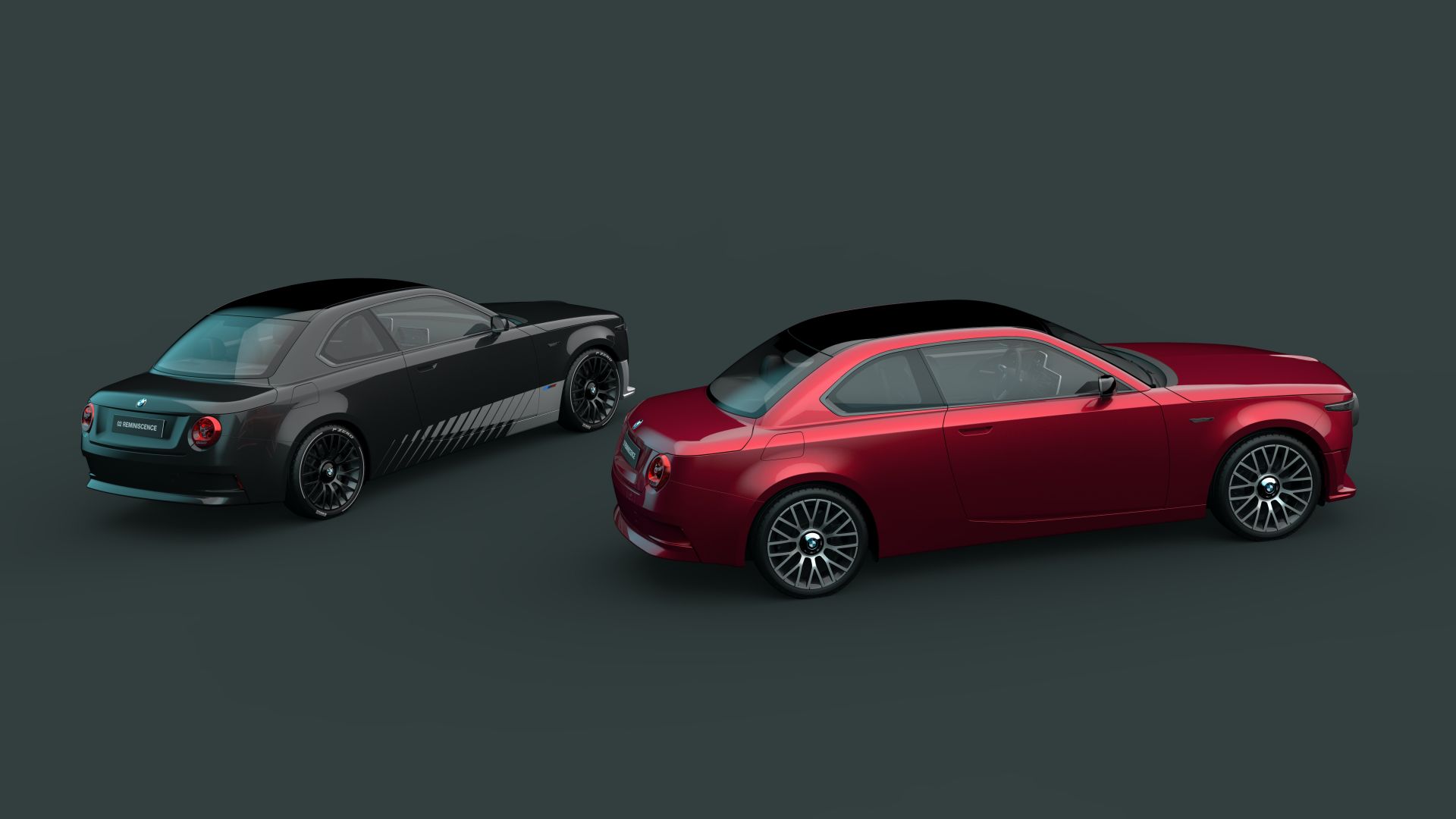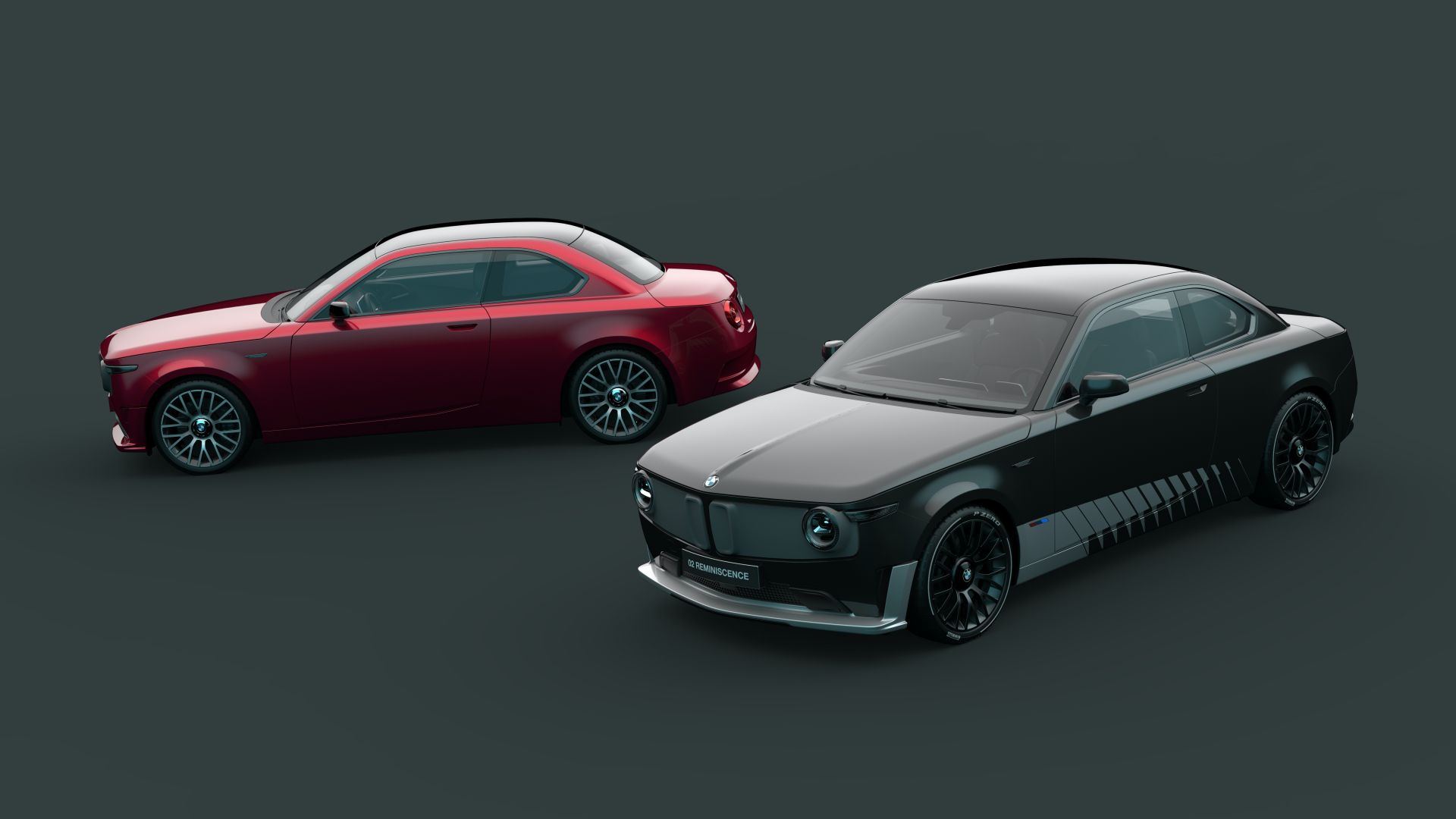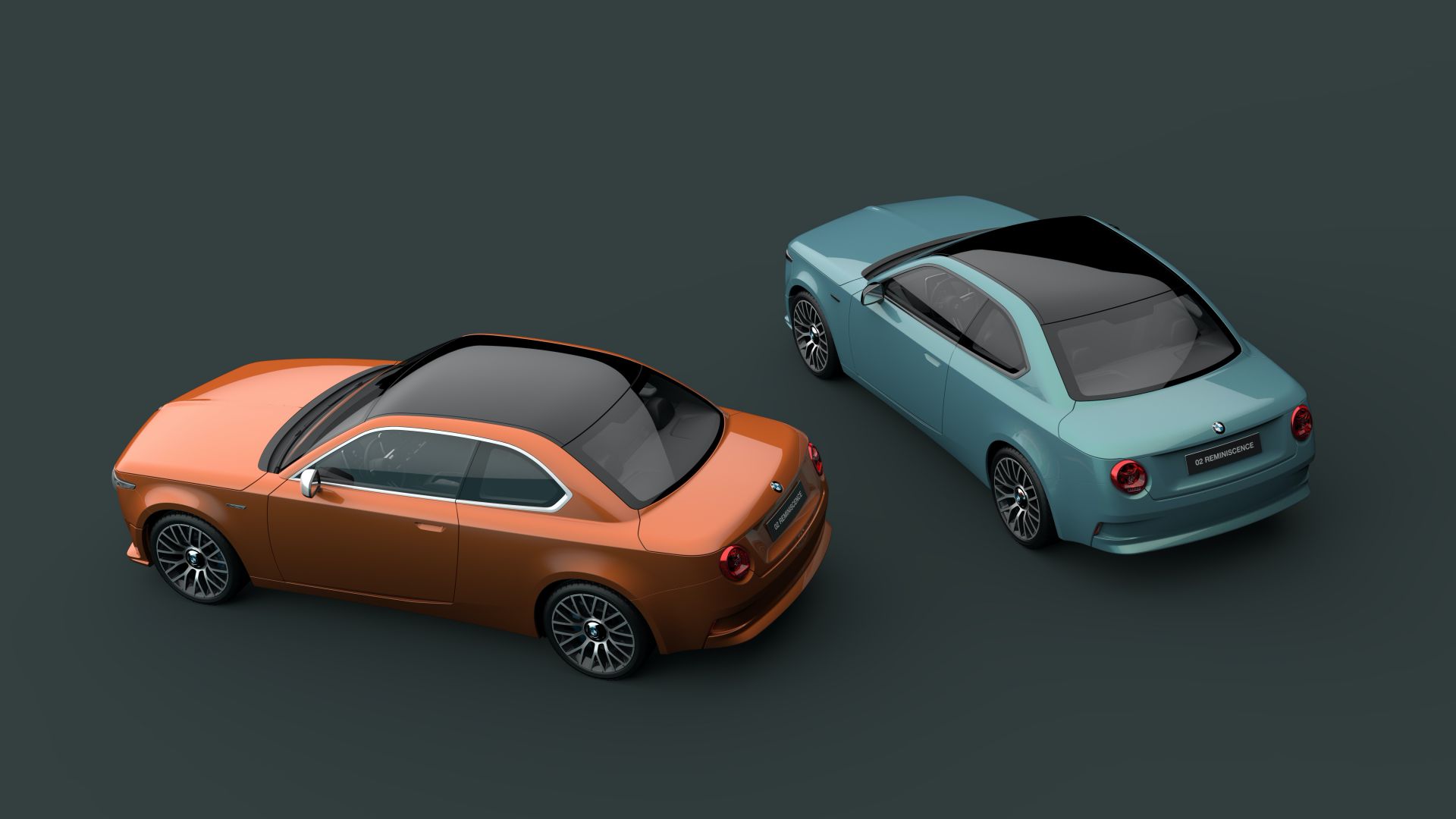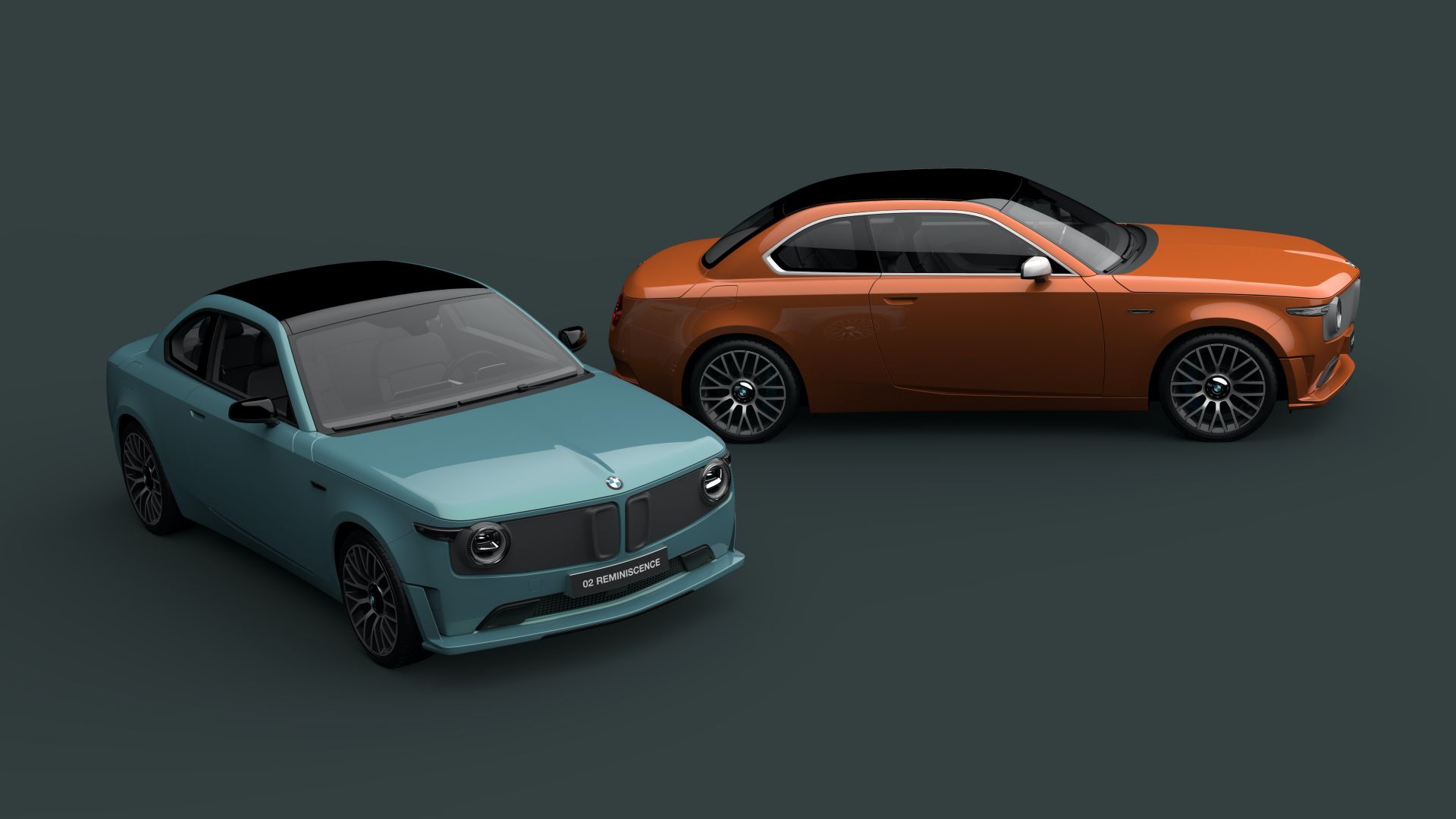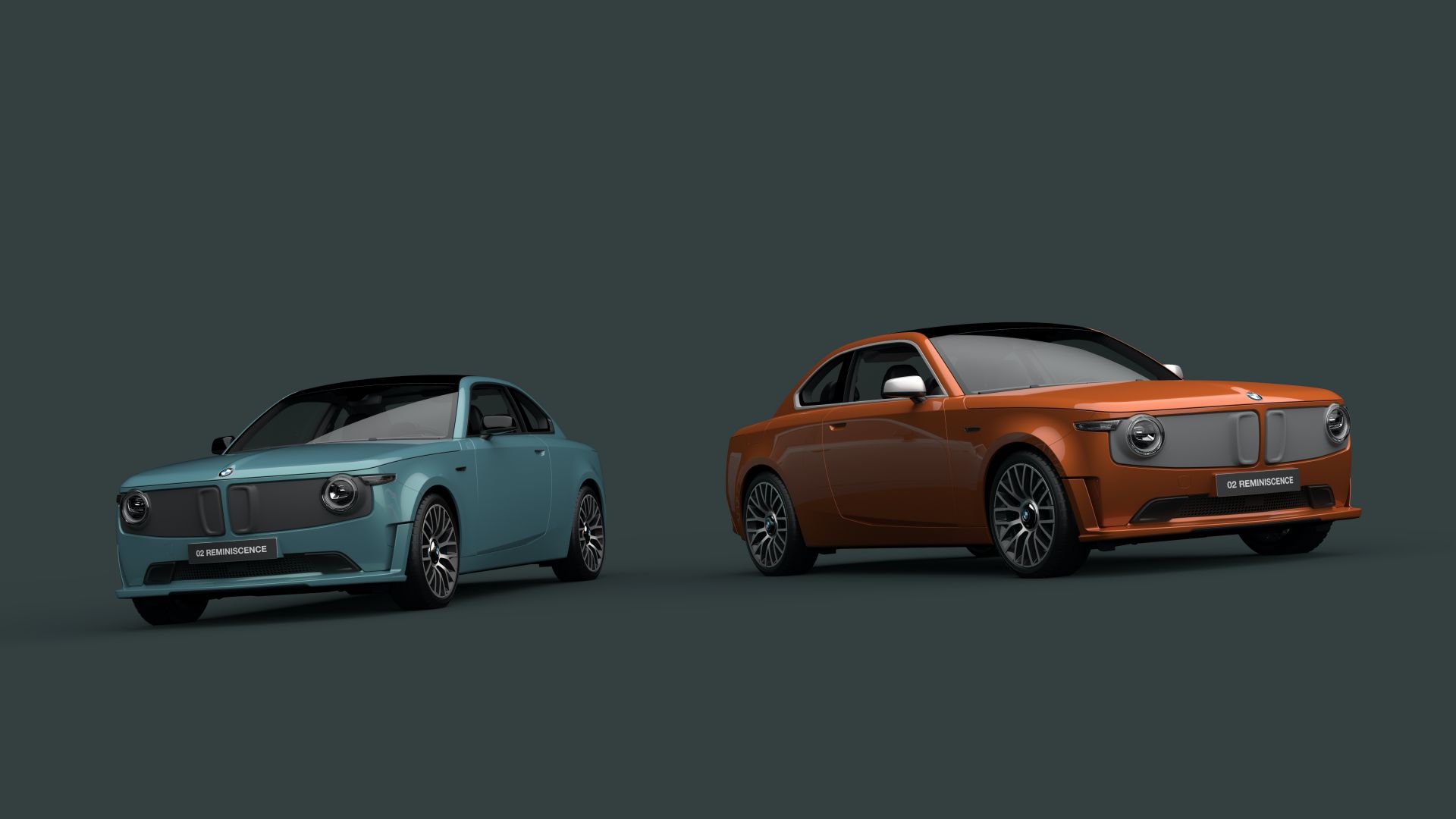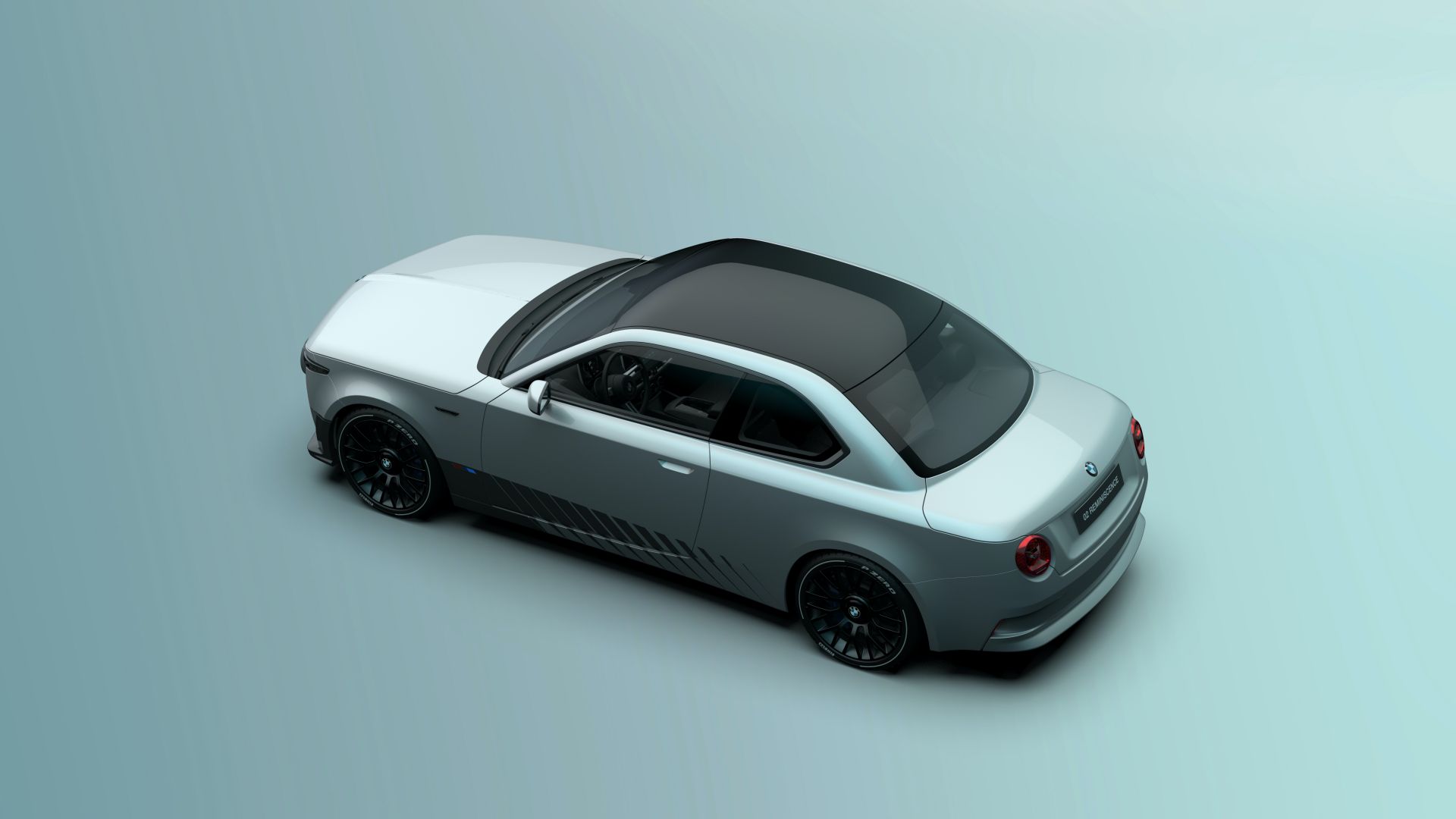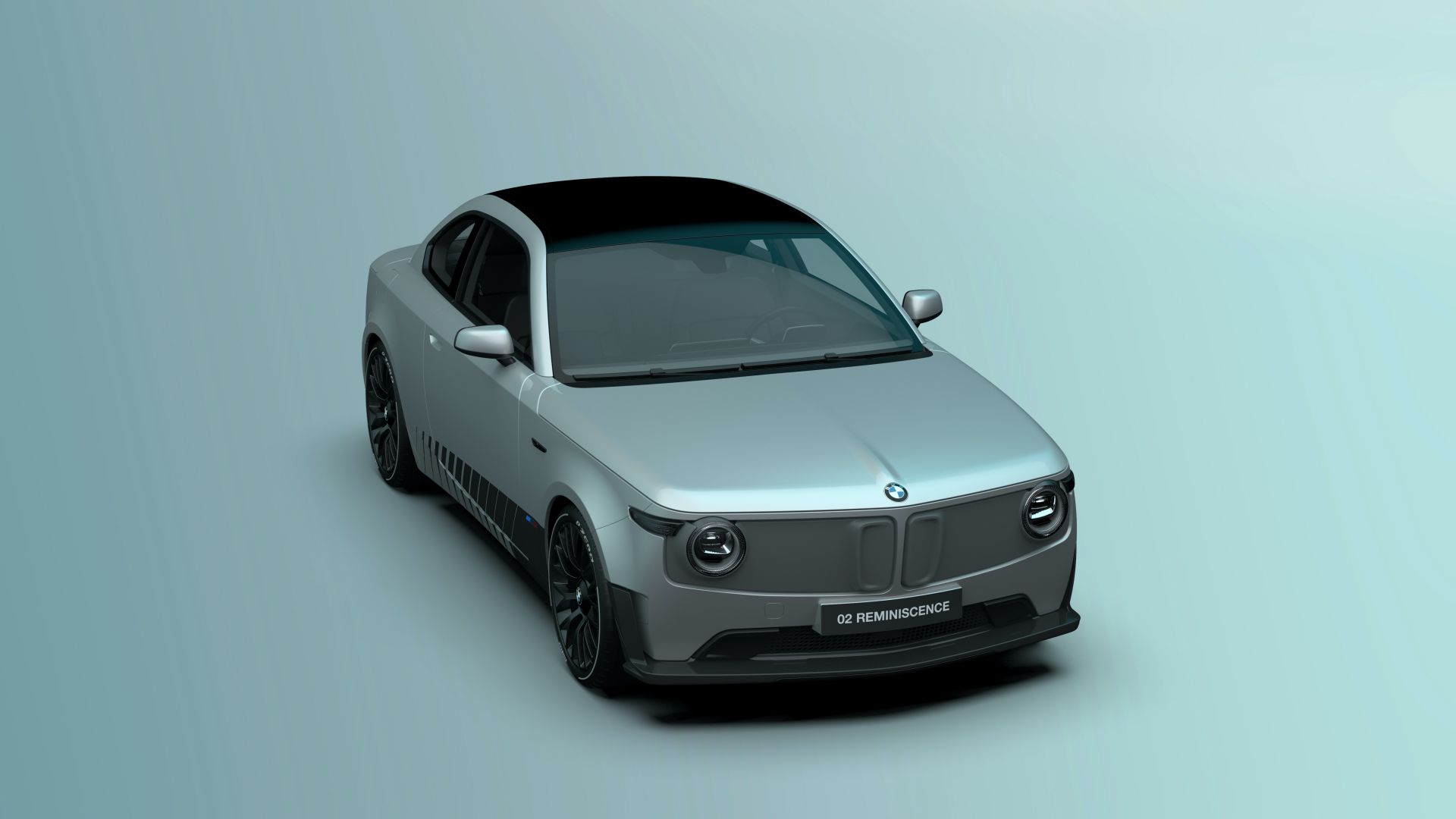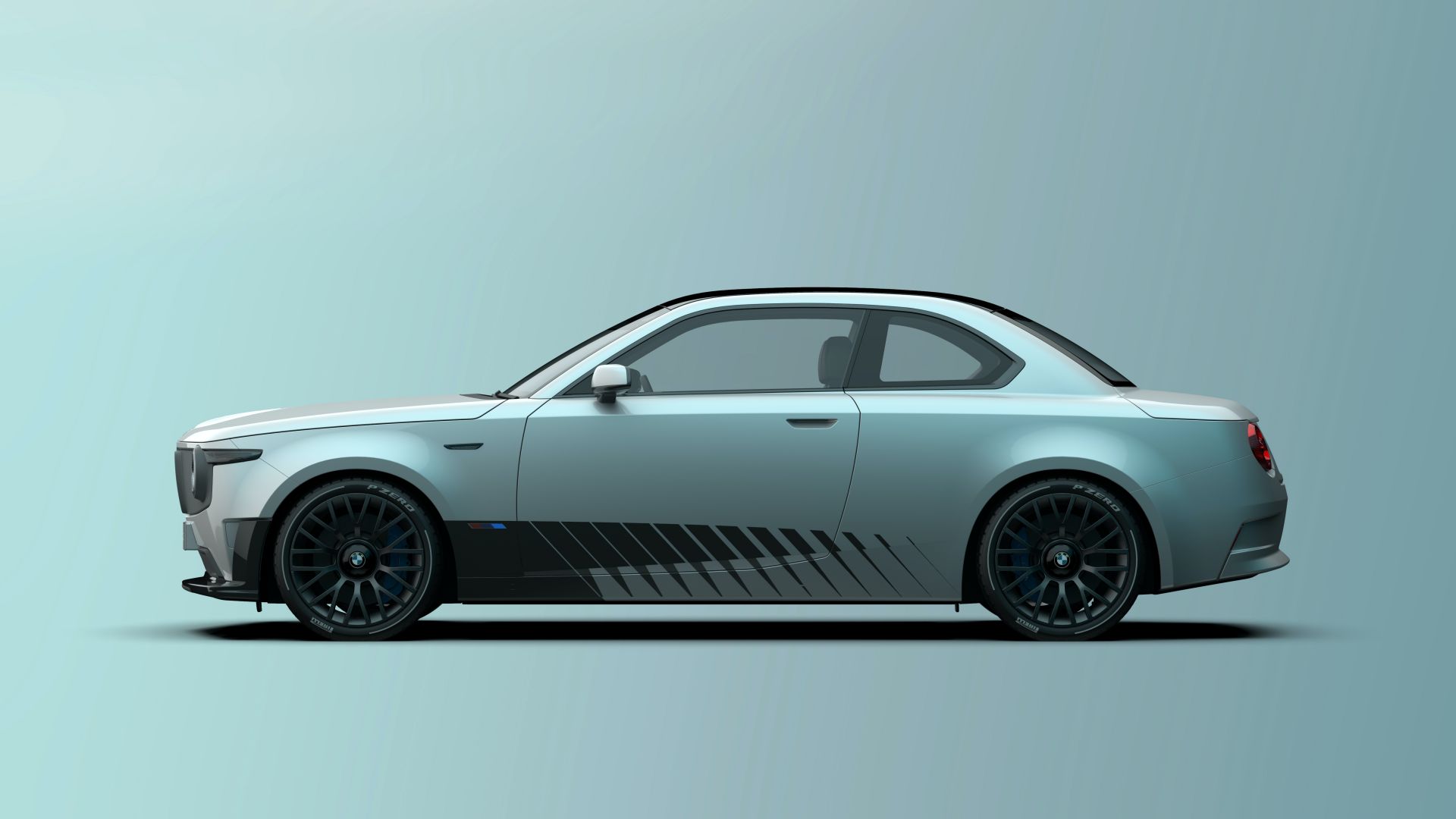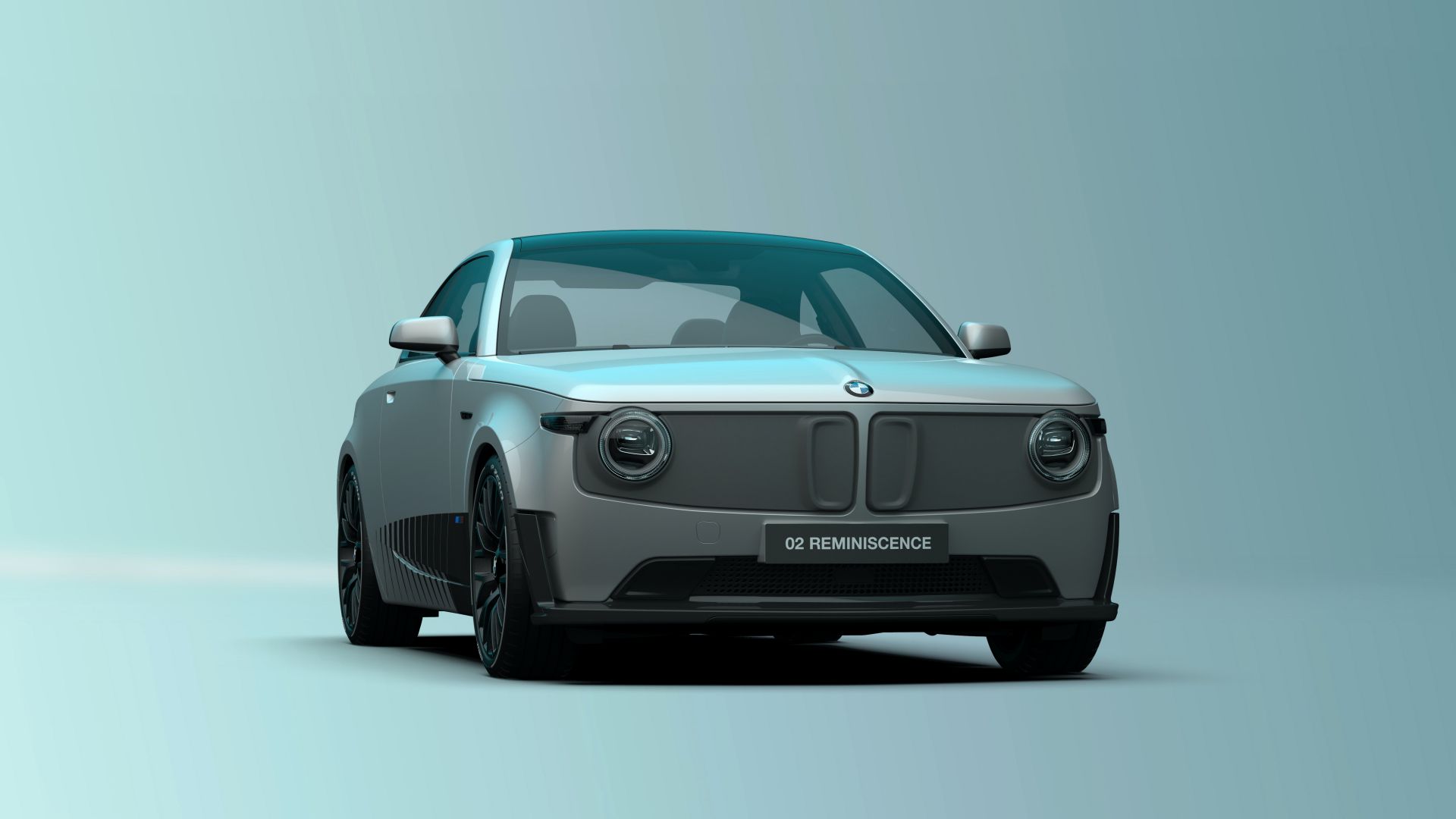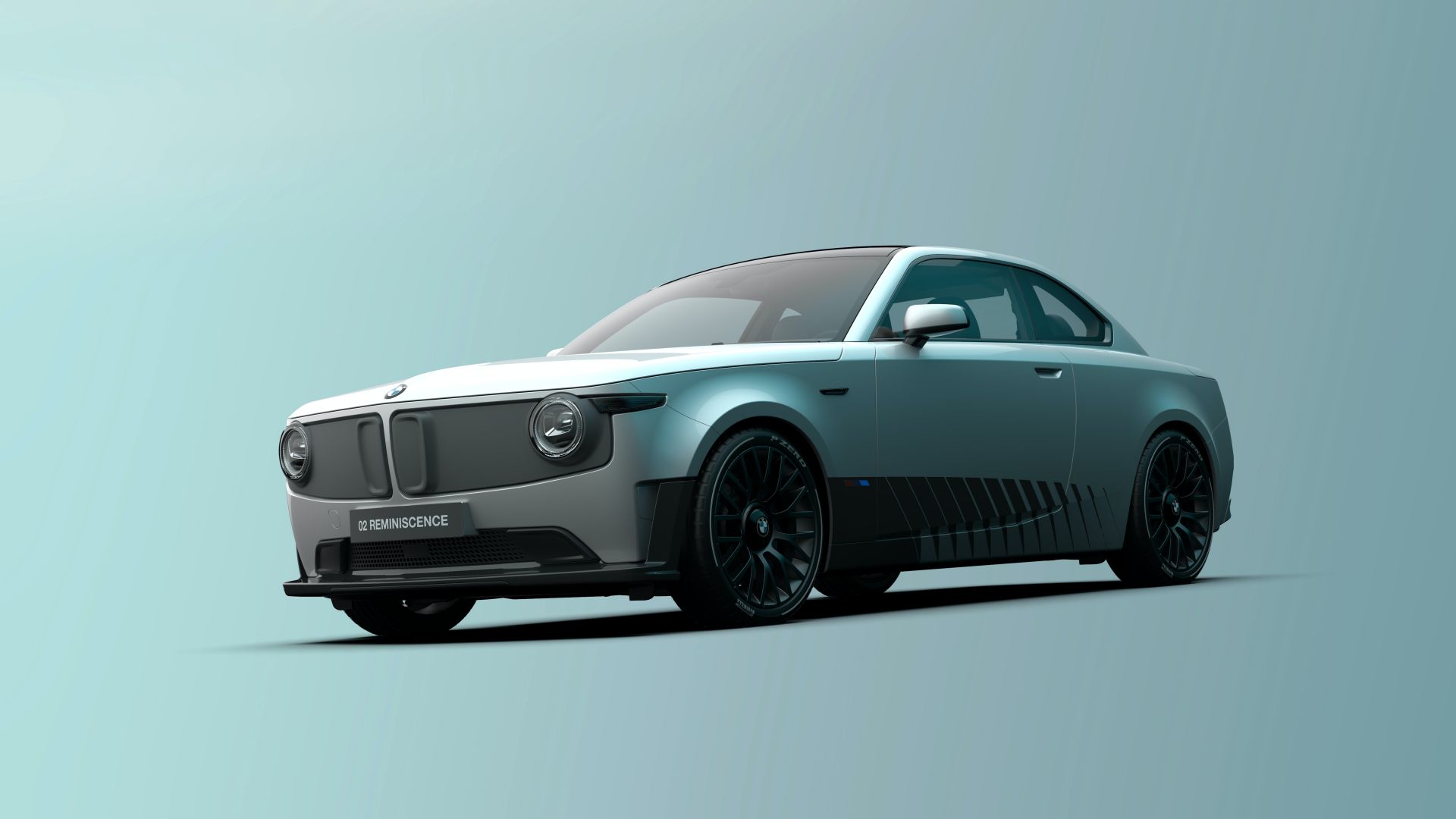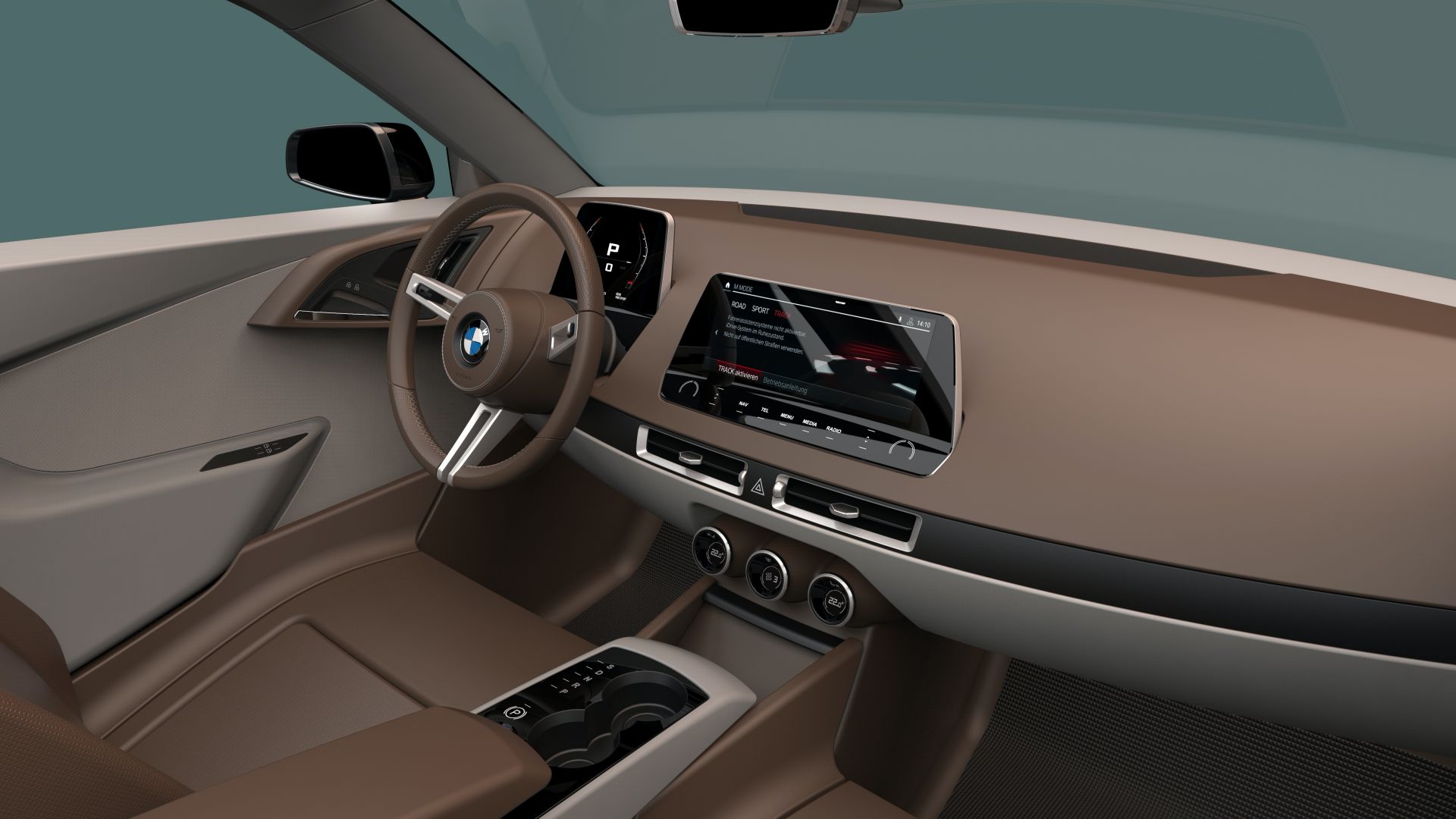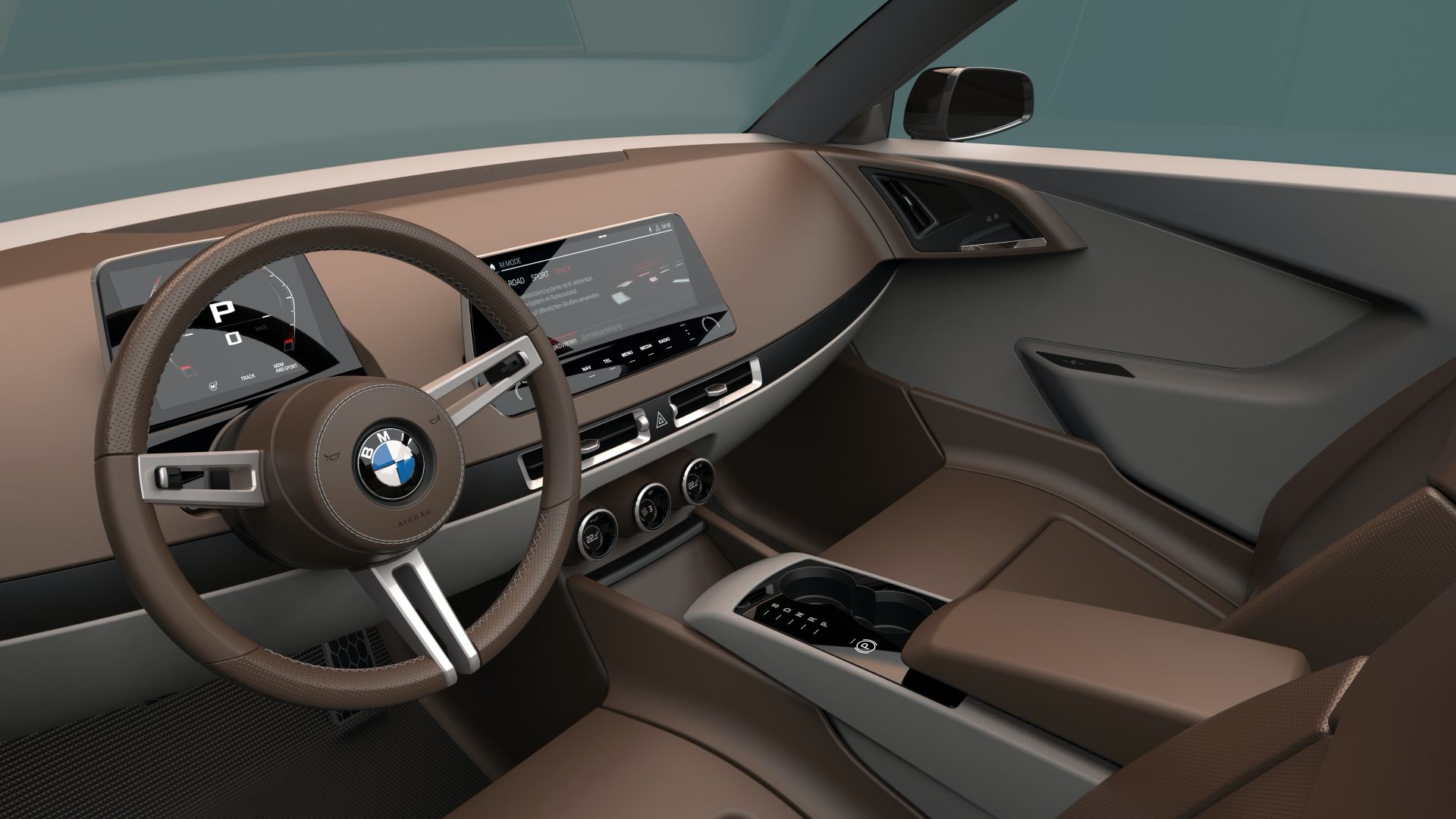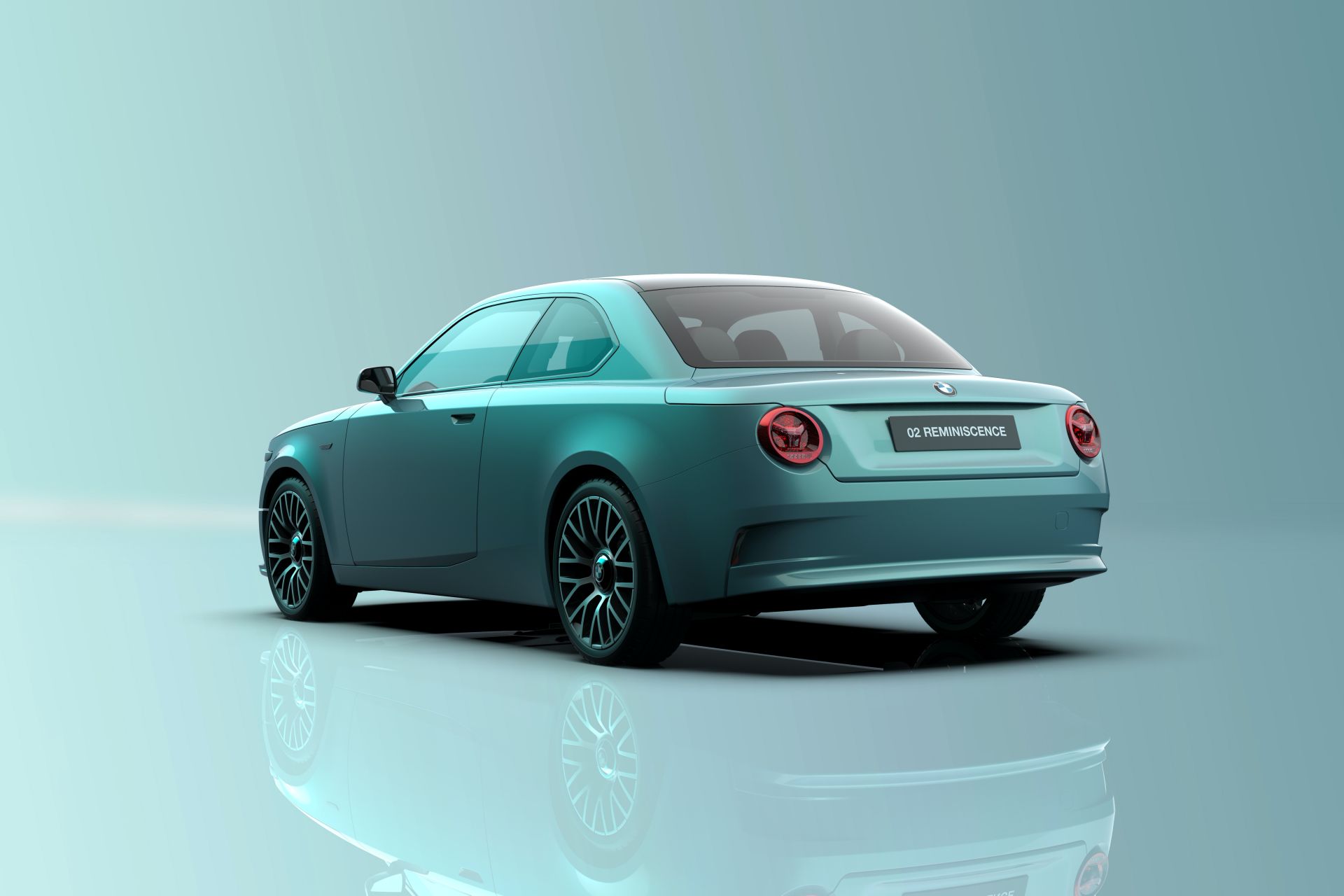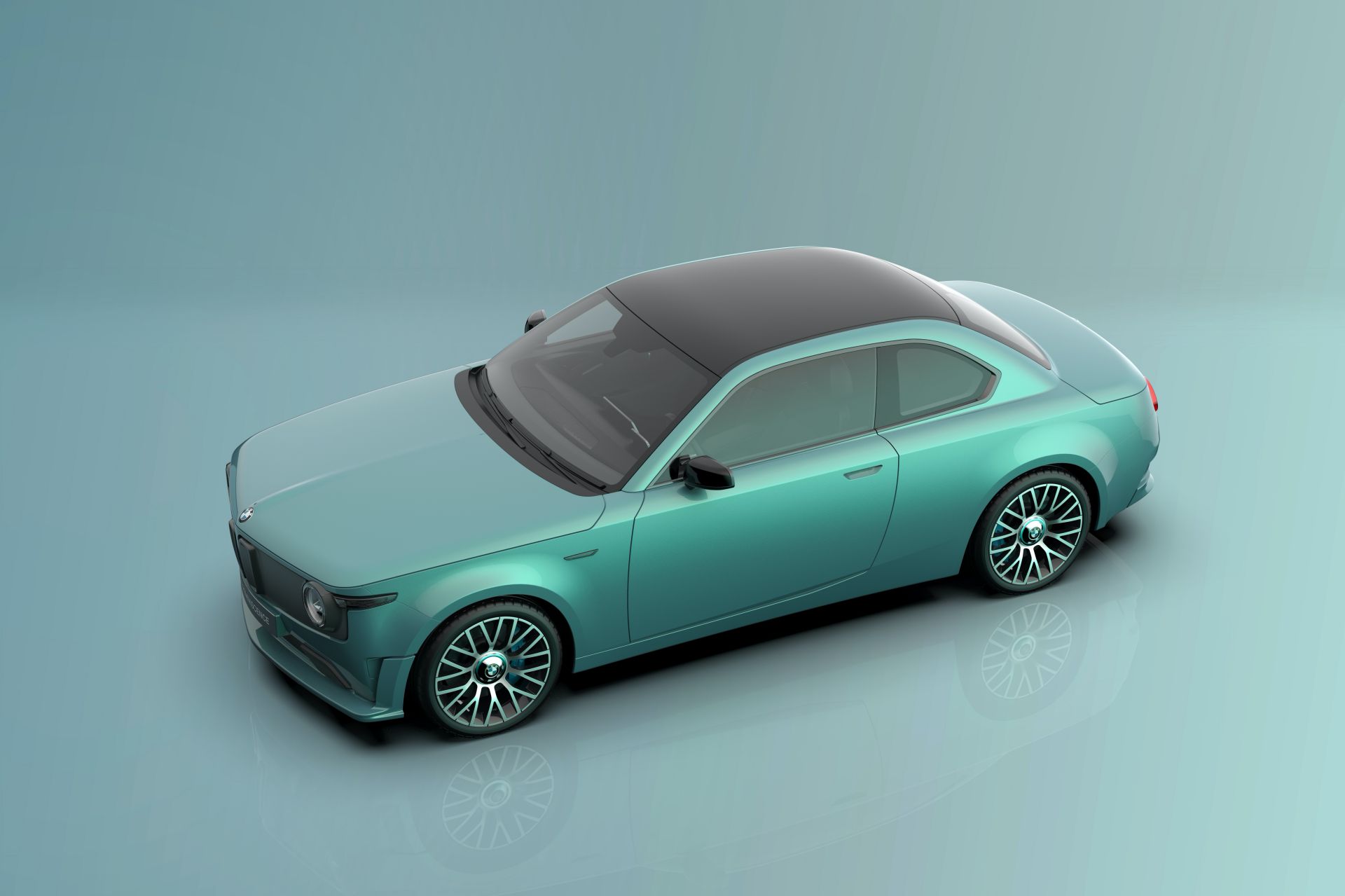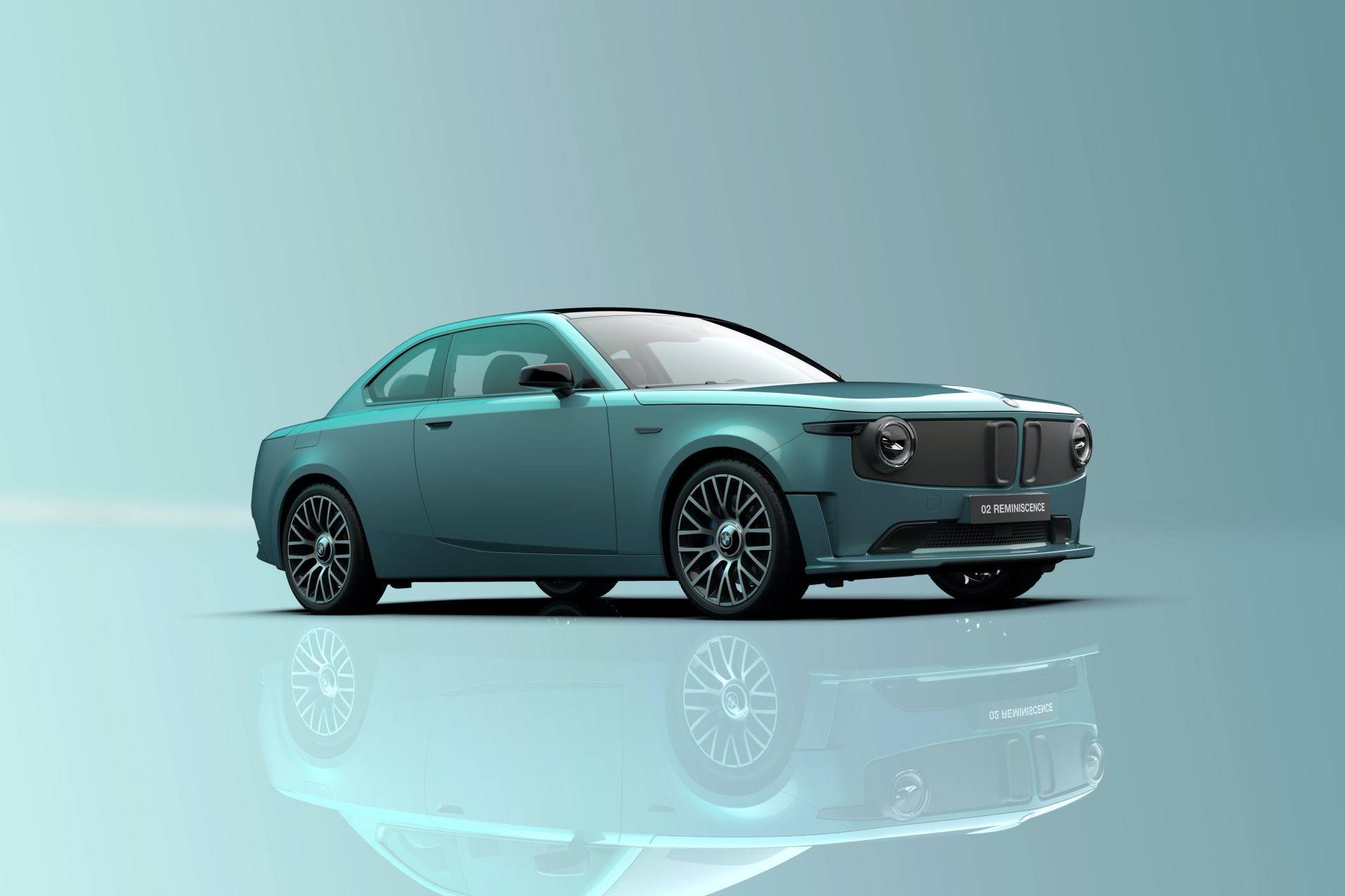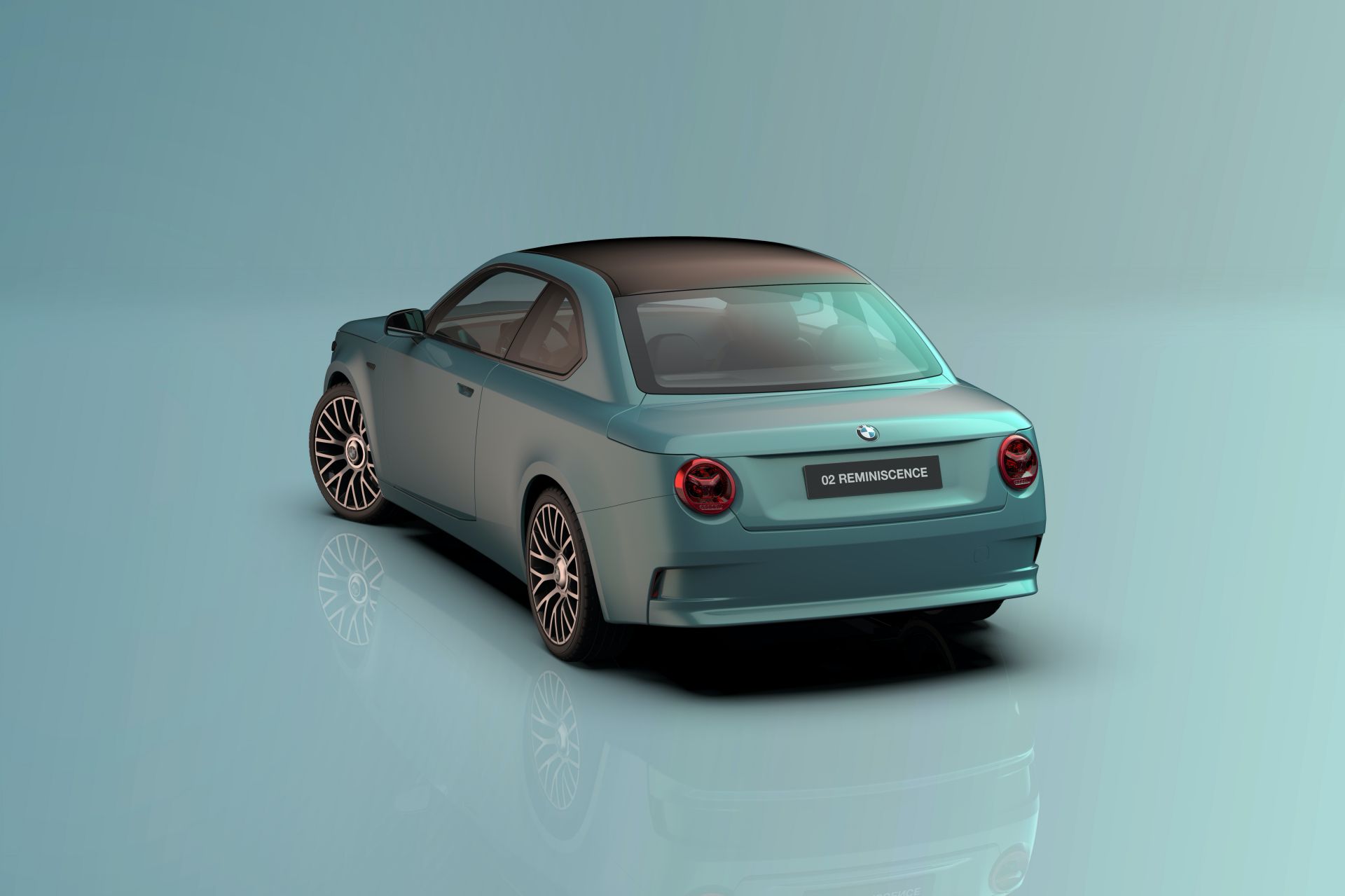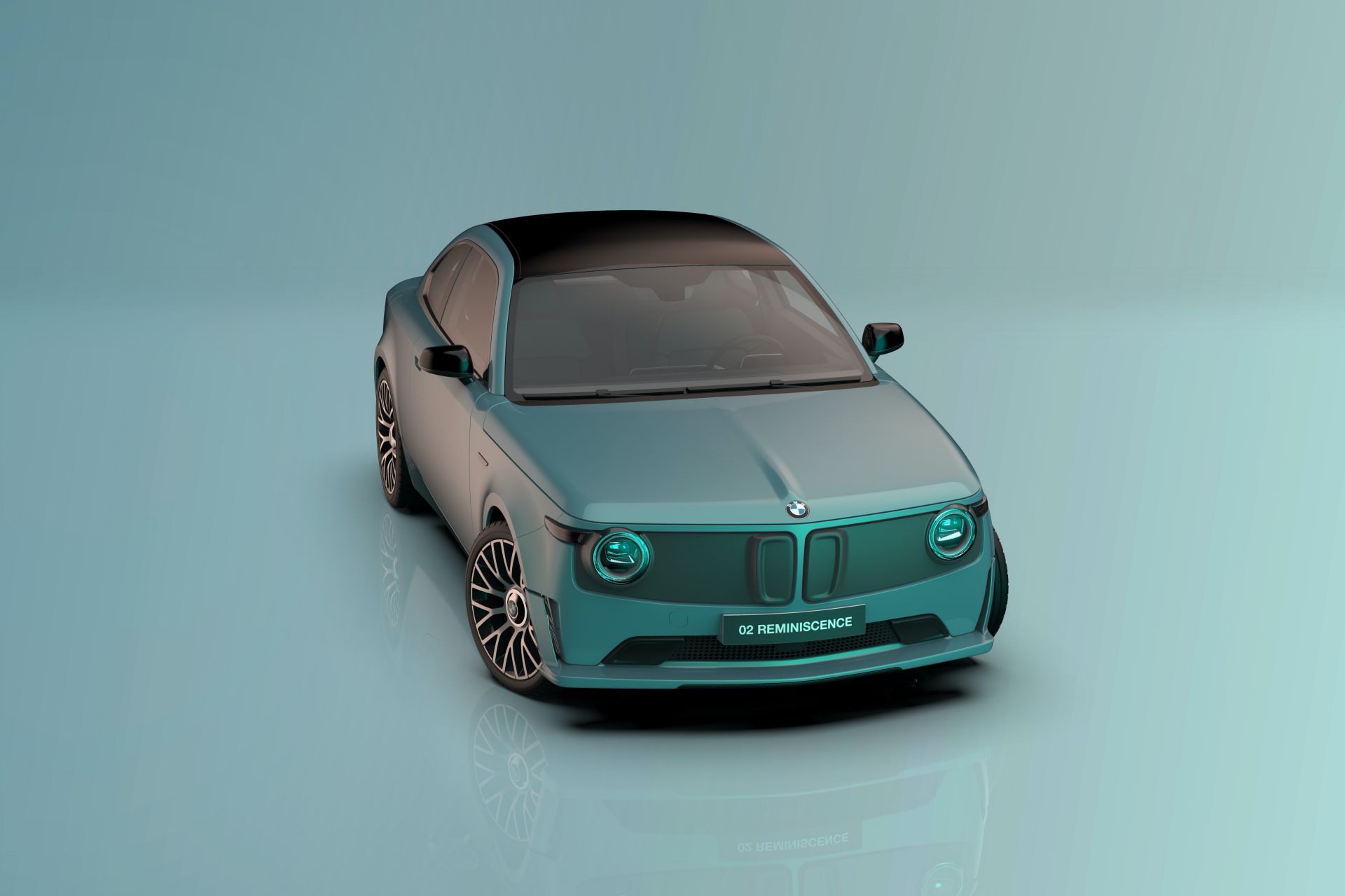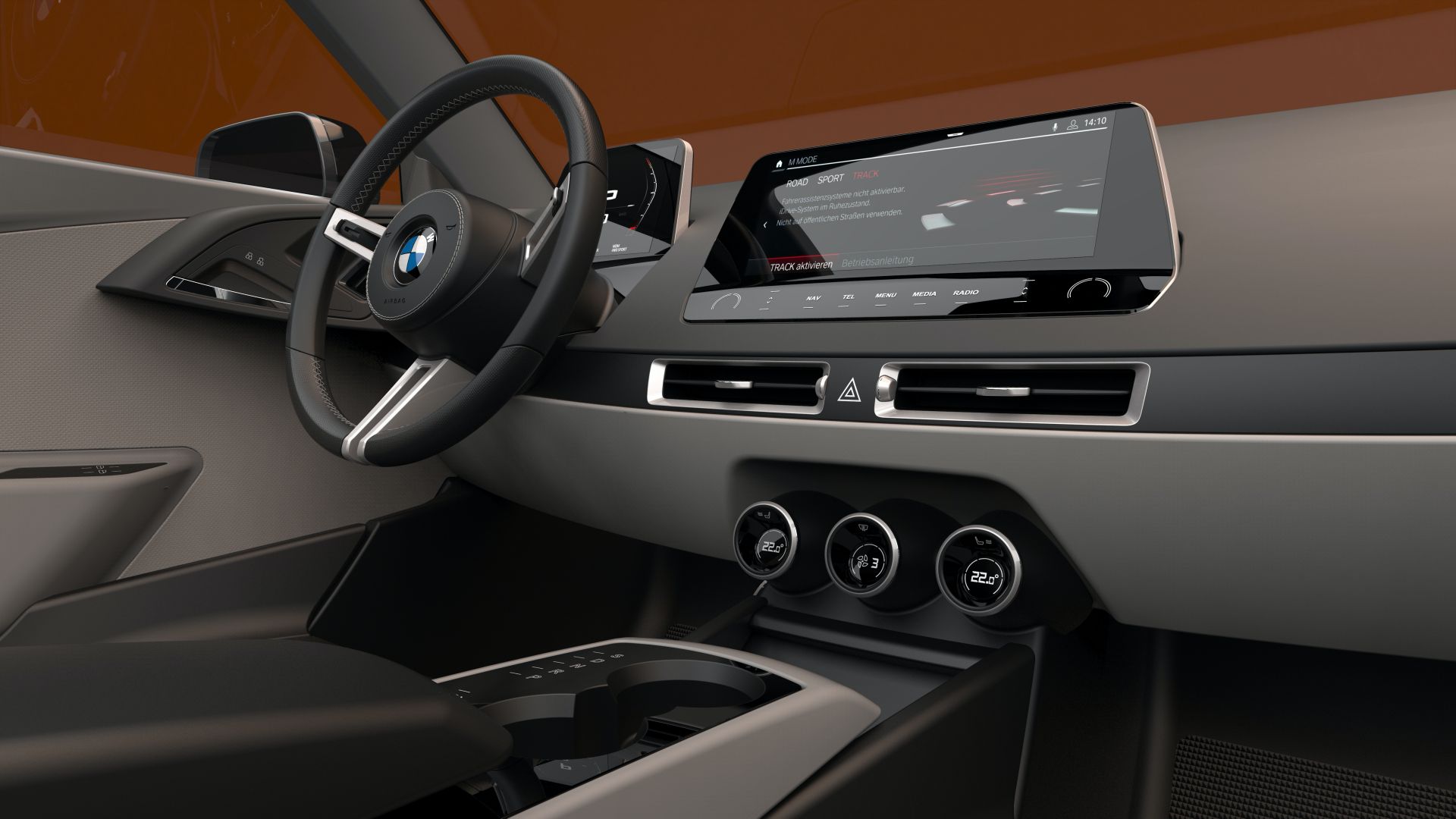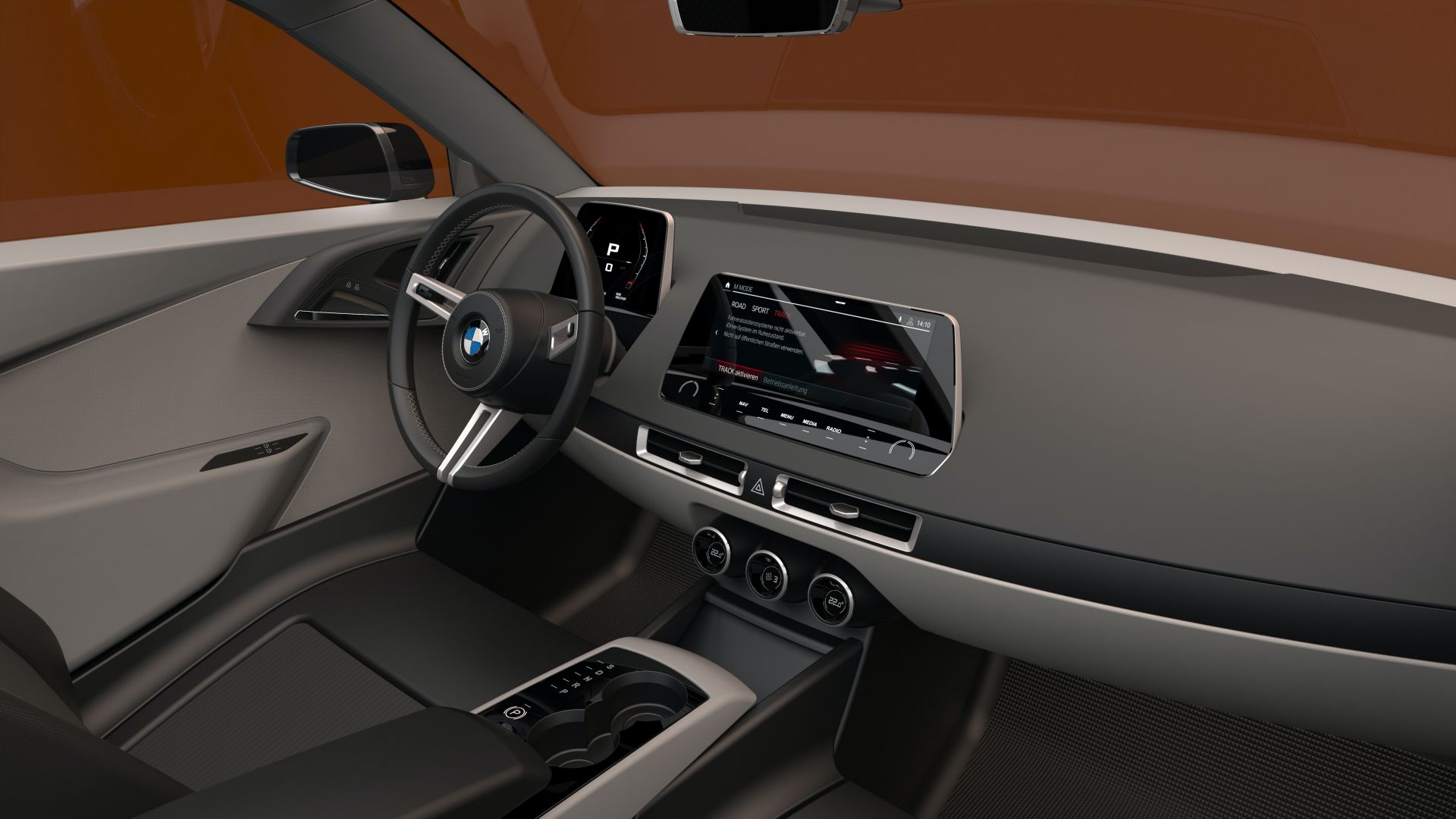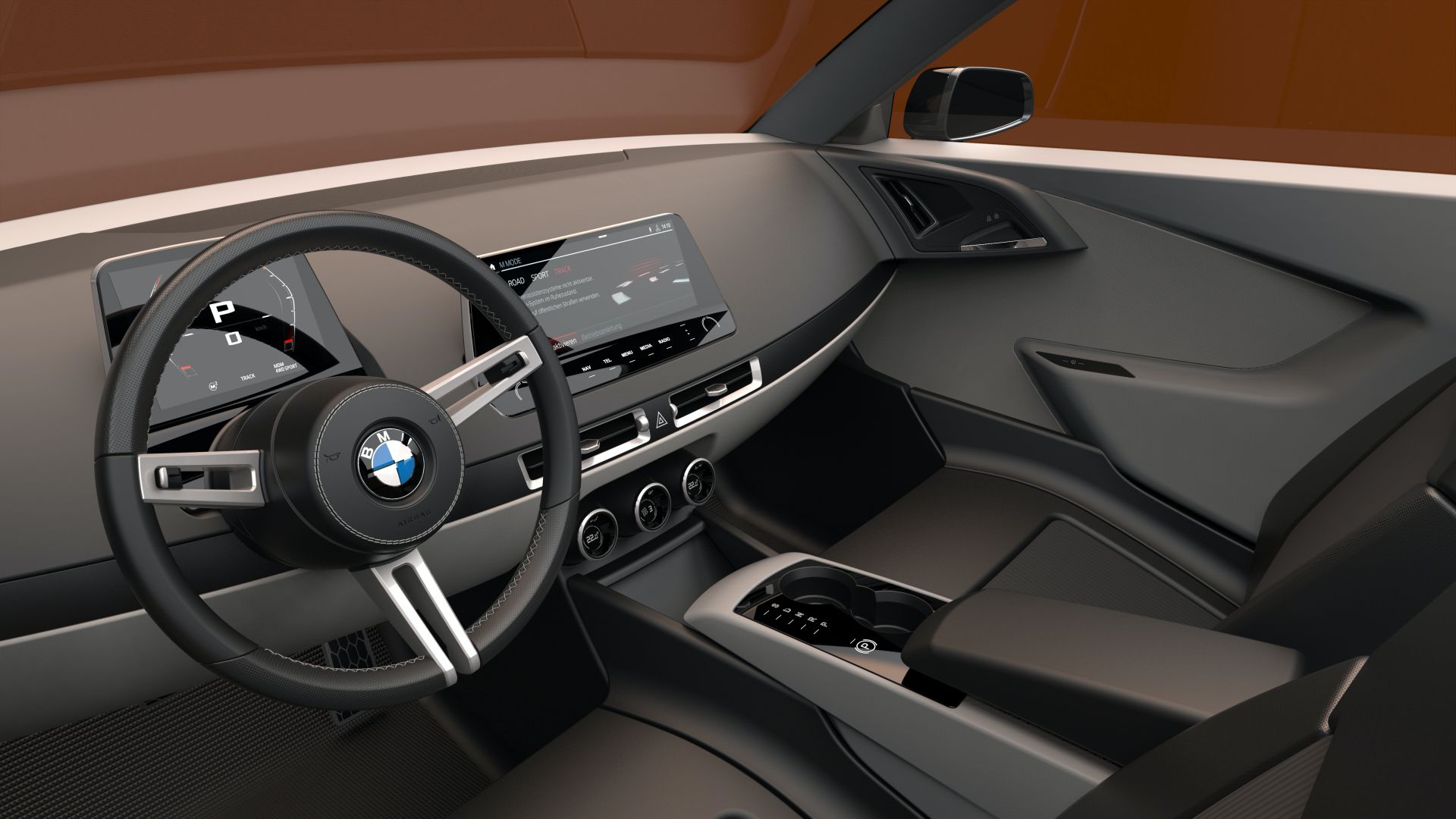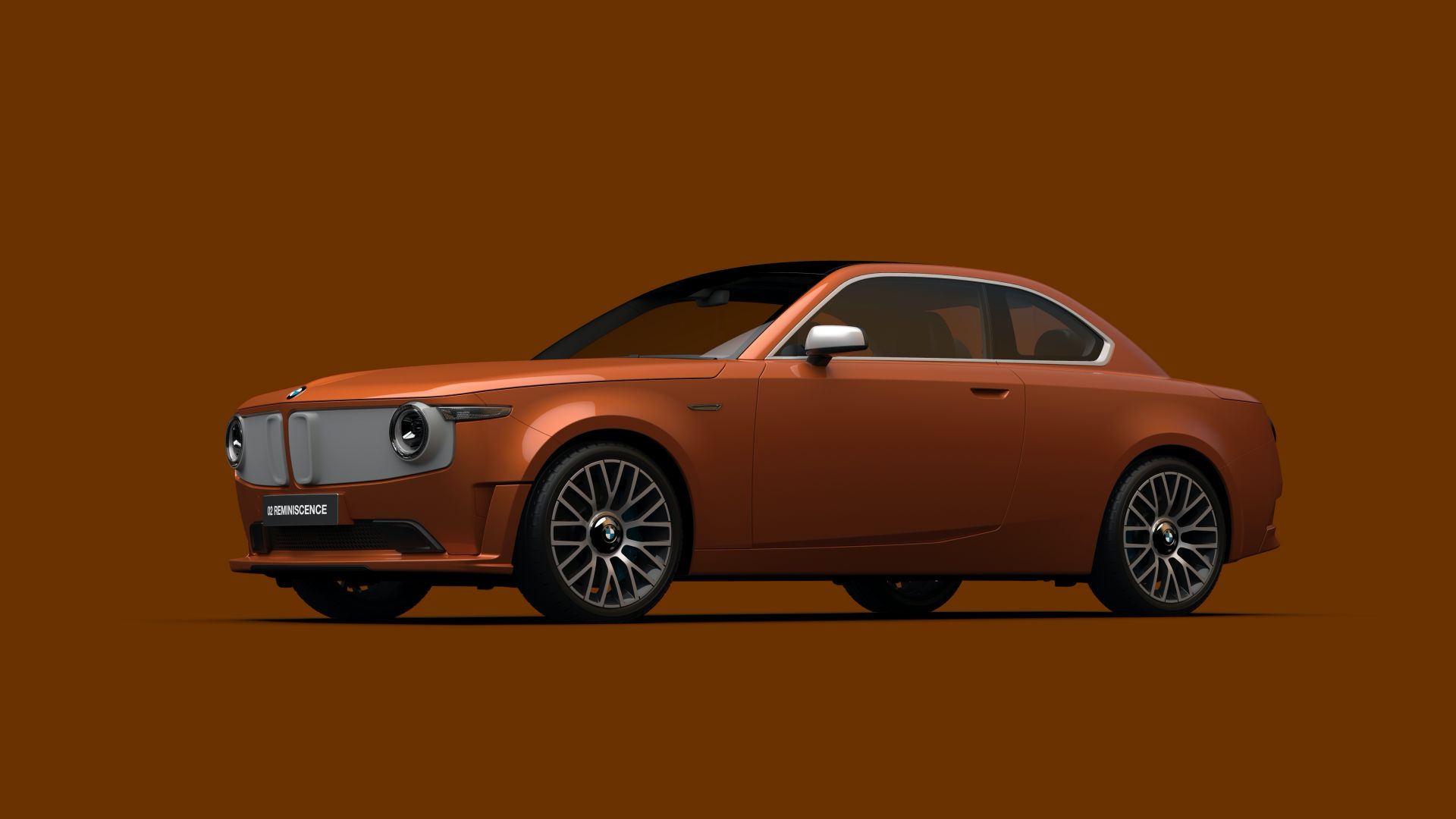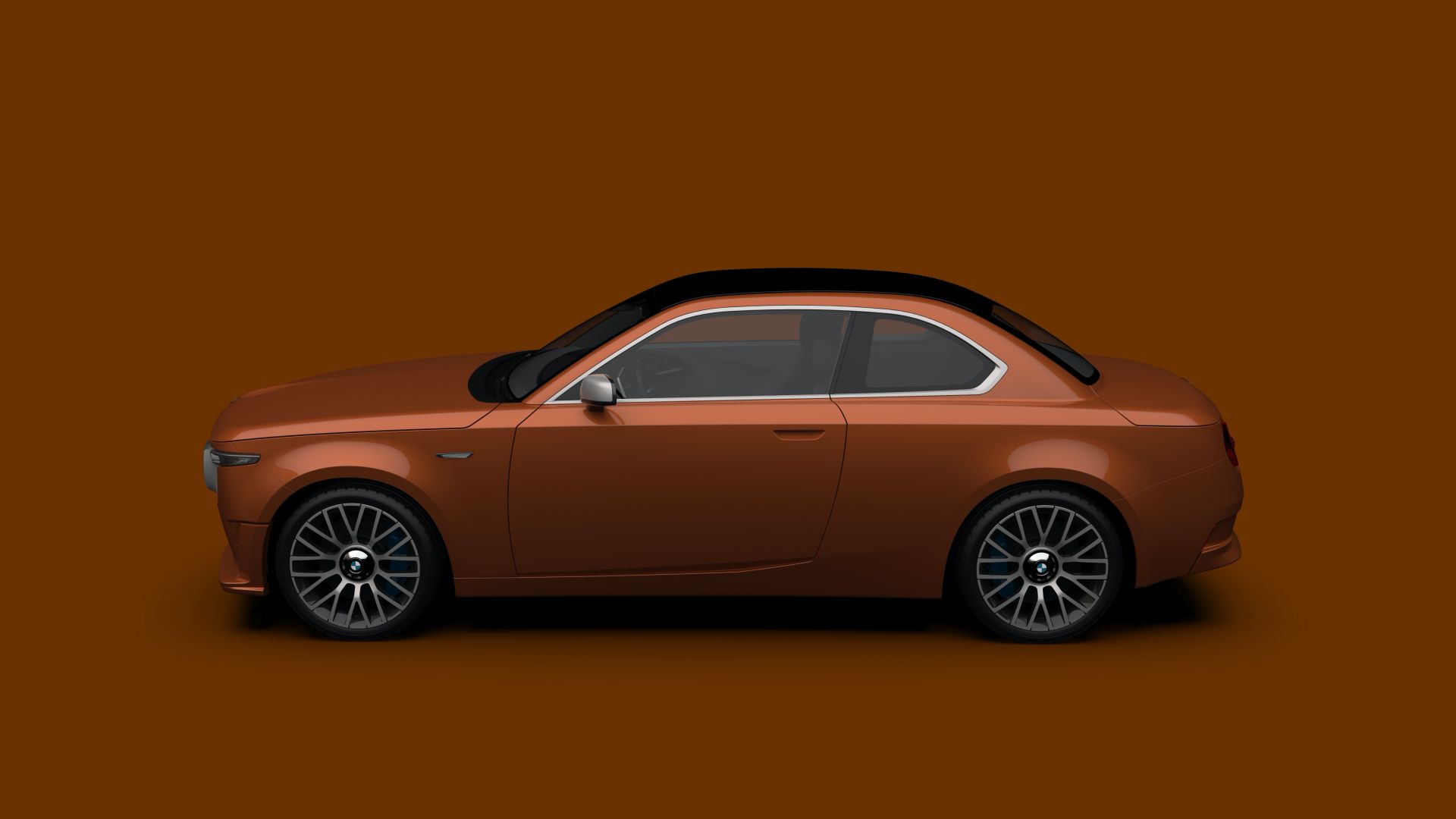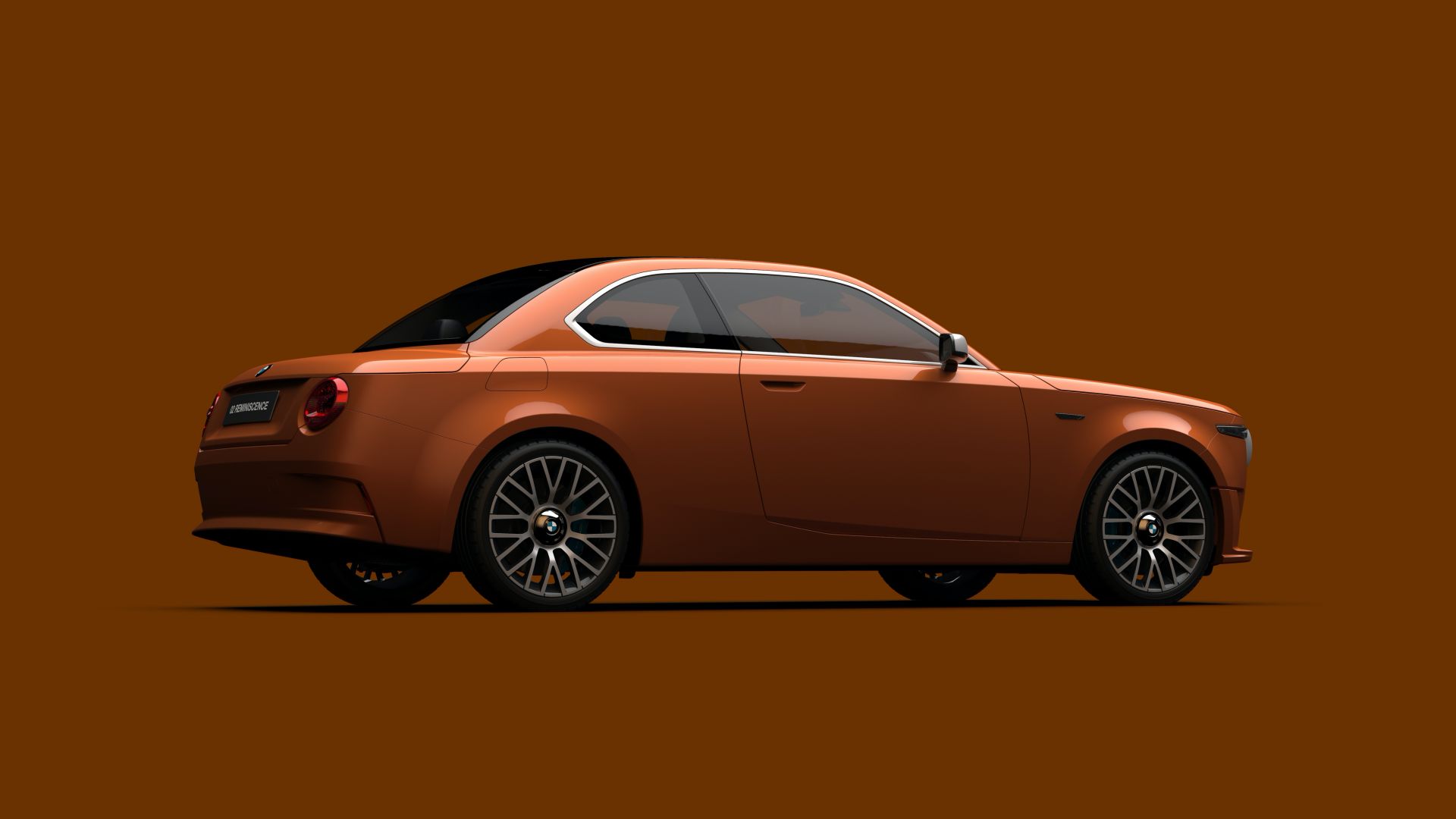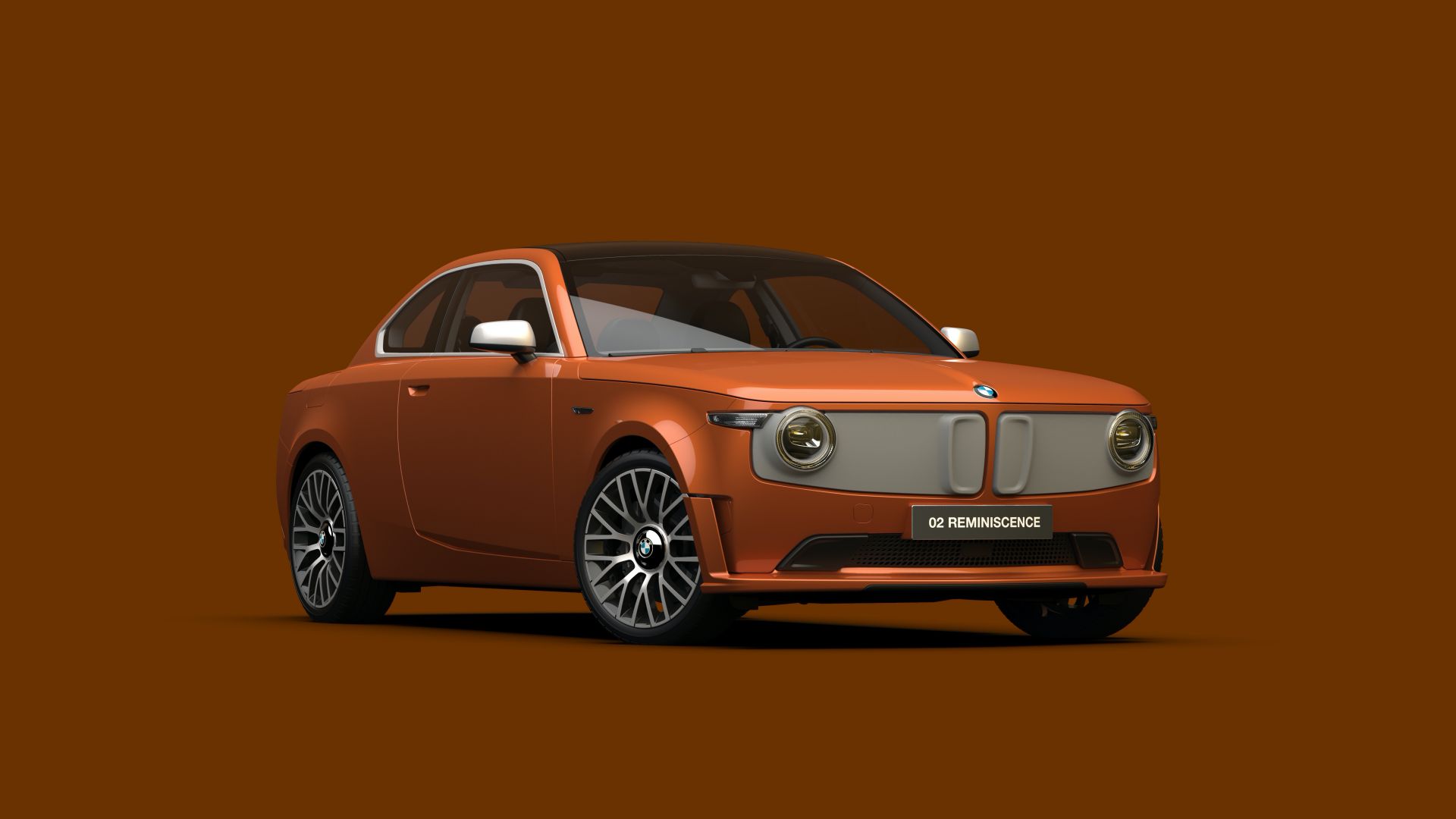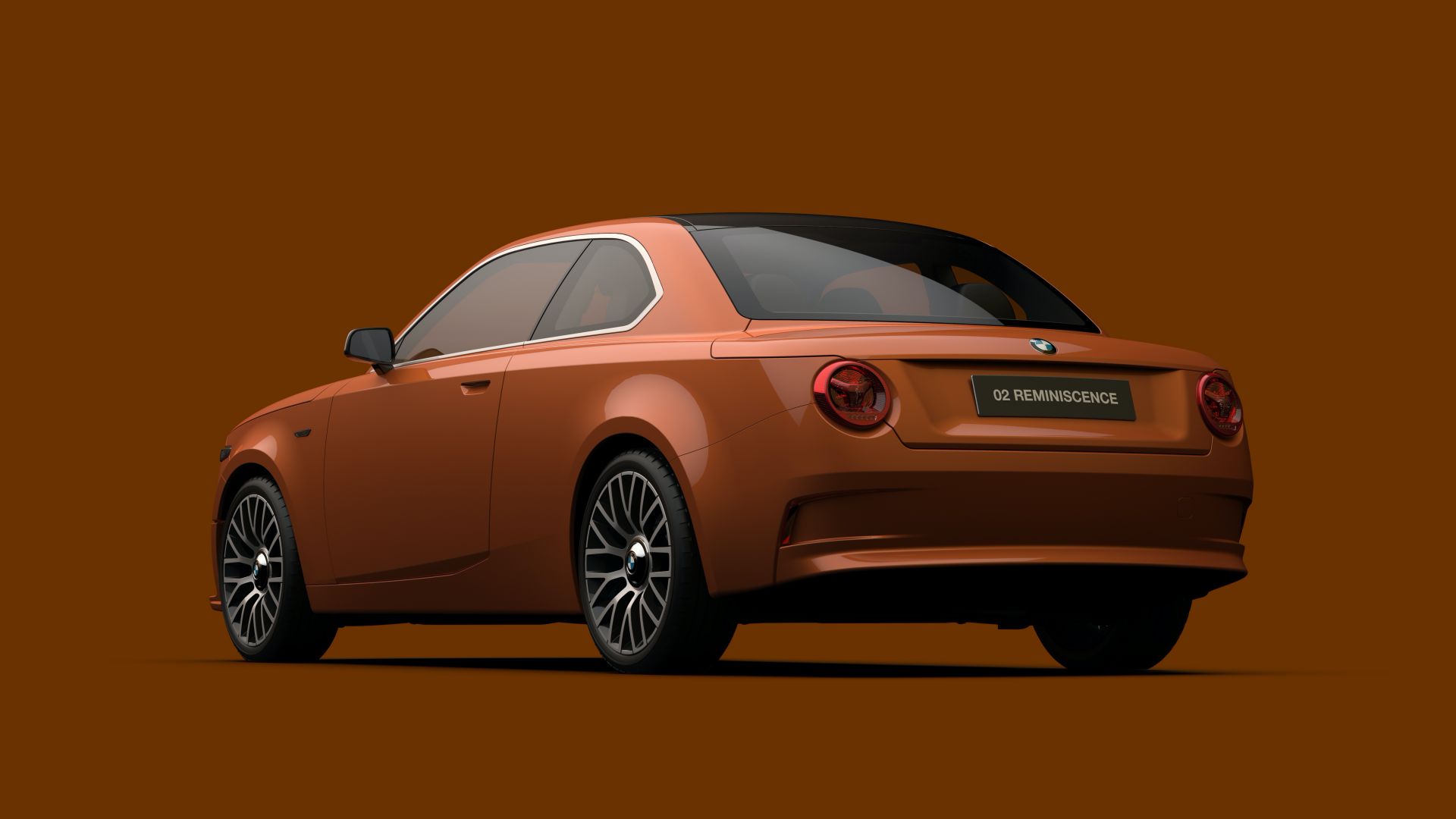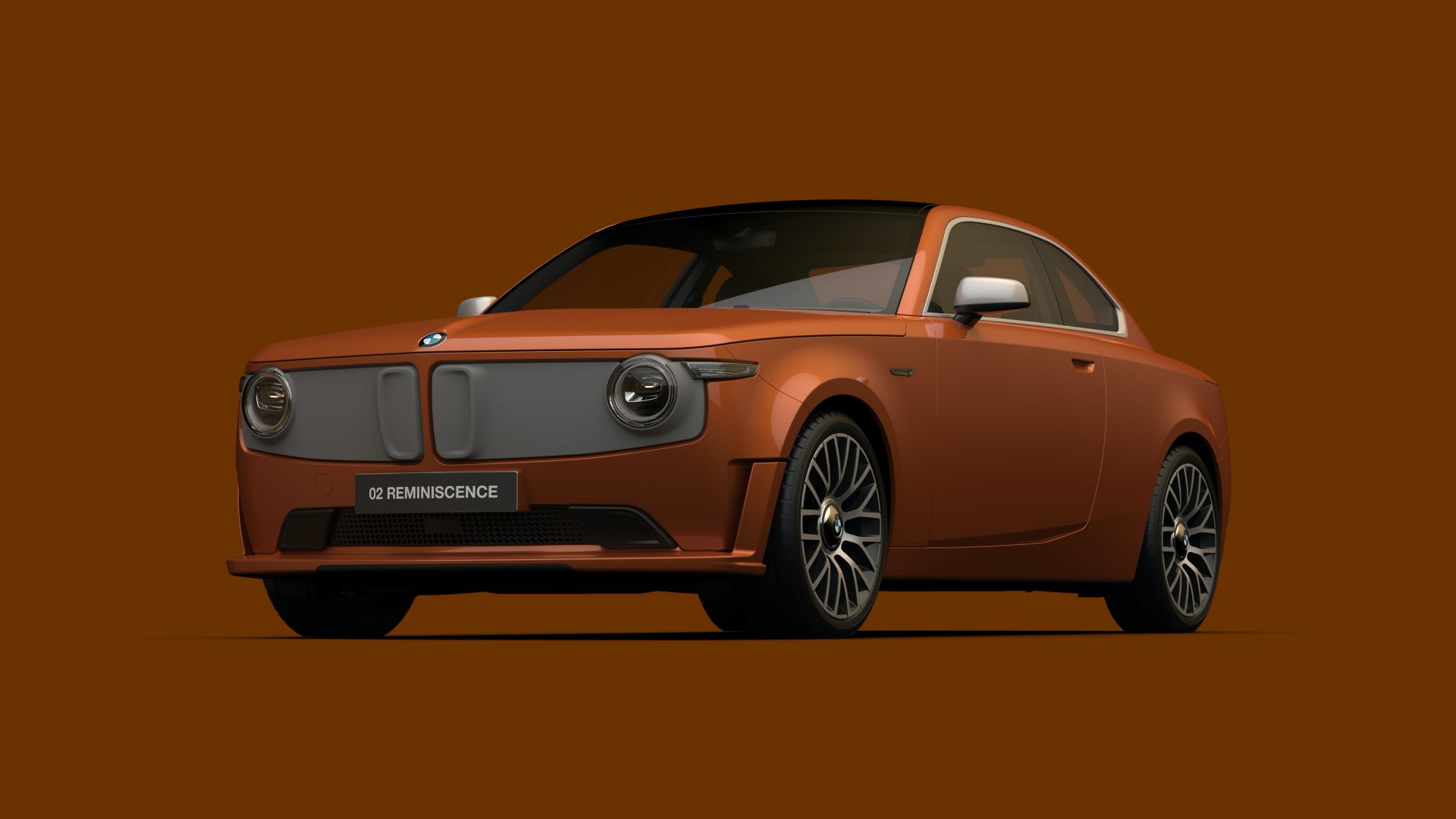In 1972, BMW unveiled the 1602 Elektro-Antrieb (German for Electric Drive) at the Olympic Games in Munich, Germany.
It was the first in a long line of all-electric concepts culminating in the brand’s first-ever production EV, the i3 that was launched in 2013. The original BMW EV was based on the gasoline-powered 1602 and the design made no secret of it, as it looked exactly like the regular model.
However, instead of an internal combustion engine, the 1602 Elektro-Antrieb featured a front-mounted electric motor driving the rear axle. It produced just 32 kW (43 PS / 43 HP), which was enough for a 0-30 mph (0-48 km/h) sprint of 8 seconds and a 100 km/h (62 mph) top speed.
At the Olympics, BMW used two 1602 Elektro-Antrieb vehicles to shuttle VIPs and serve as support cars in various long-distance events like the marathon. The electric 1602 never made it to production, though, but what if the Bavarians wanted to build a modern-day successor?
See Also: Stunning BMW CS Vintage Concept Tribute Shows Old 1960s Design Still Works Today
Designer David Obendorfer, who has delighted us with many retro-styled concepts over the years, took on this task. His BMW 02 Reminiscence Concept pays tribute to the automaker’s very first zero emissions project while bringing it into the 21st century. Obendorfer based his virtual creation on the existing 2-Series Coupe, which would probably be the way to go if BMW wanted to build a modern 1602 Elektro-Antrieb.
That explains why the proportions are somewhat similar to the 2 Series Coupe. The details are obviously very different, though, as they take inspiration from the 1970s electric prototype.
“My aim wasn’t to bring back all the characteristic 02-Series’ design features at any cost, but rather build a respectful reinterpretation, and above all to keep it simple,” Obendorfer explained. “Both exterior and interior design try to stay away from complicated surfaces and busy lines, by exploring a soft three-dimensionality, that somehow is able to communicate zero emissions,” the designer added.
We believe he did a pretty good job, but whether or not such a model would have room in BMW’s current lineup is a completely different discussion.
Note: Thanks to David Obendorfer for sharing his work with us. As a reminder, these are independent illustrations that are neither endorsed by nor related to BMW.



